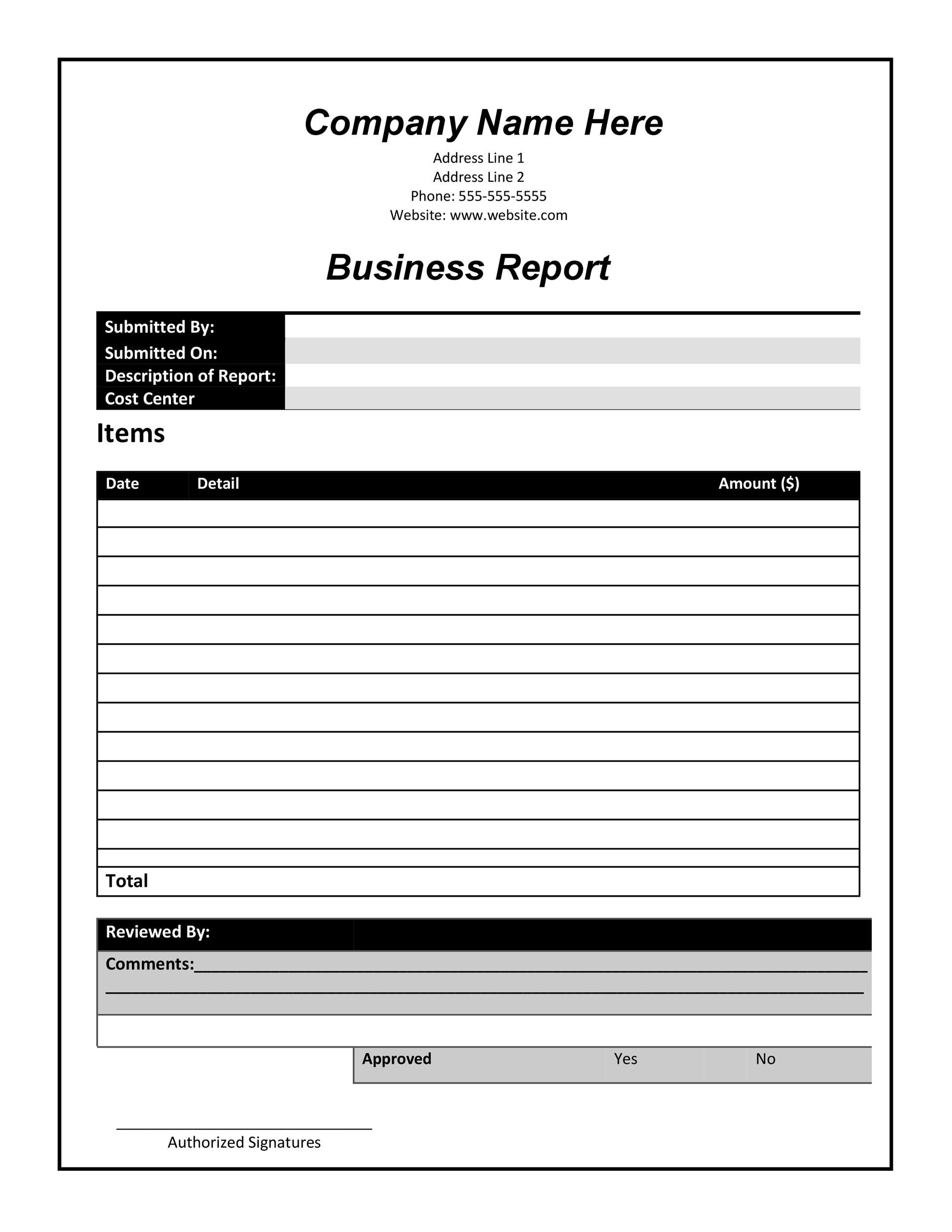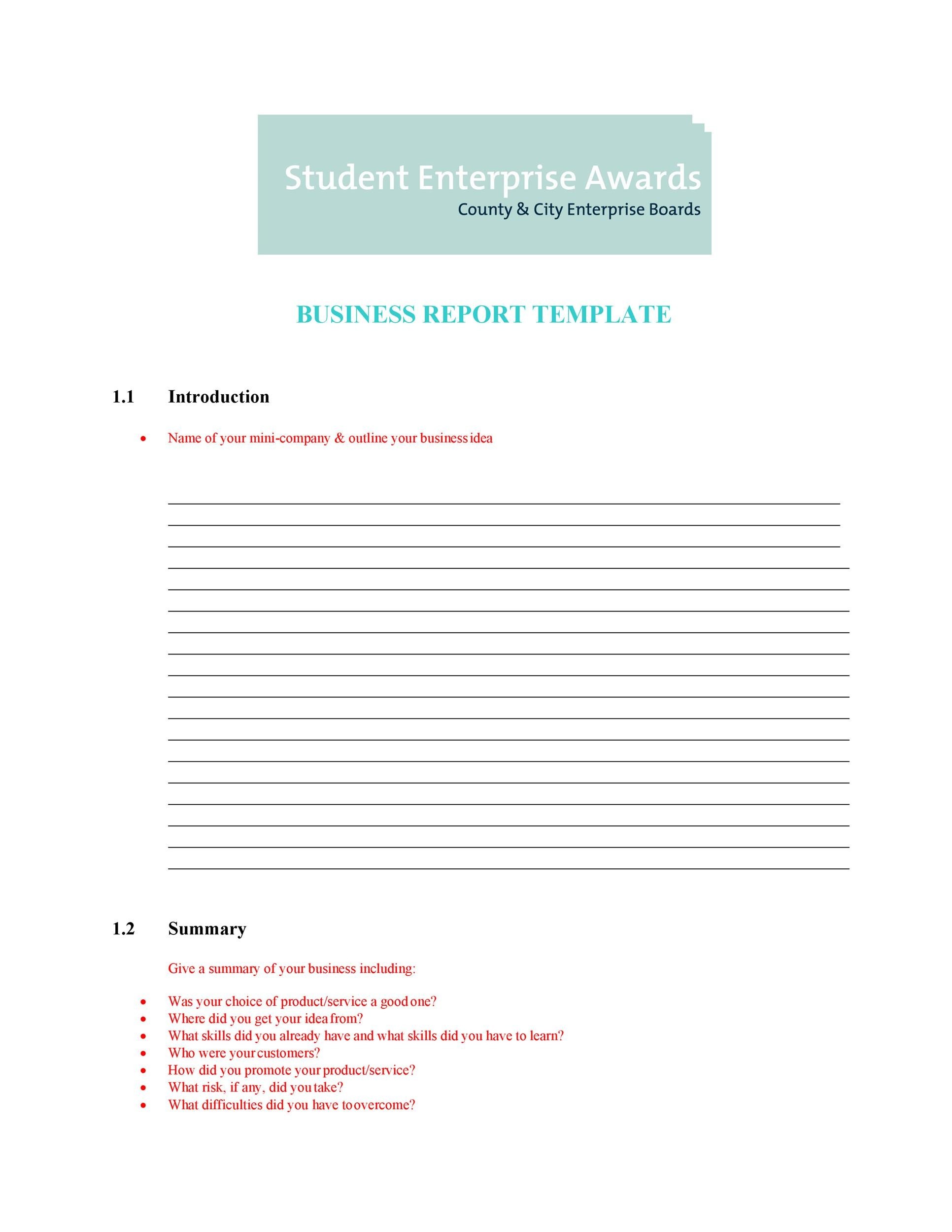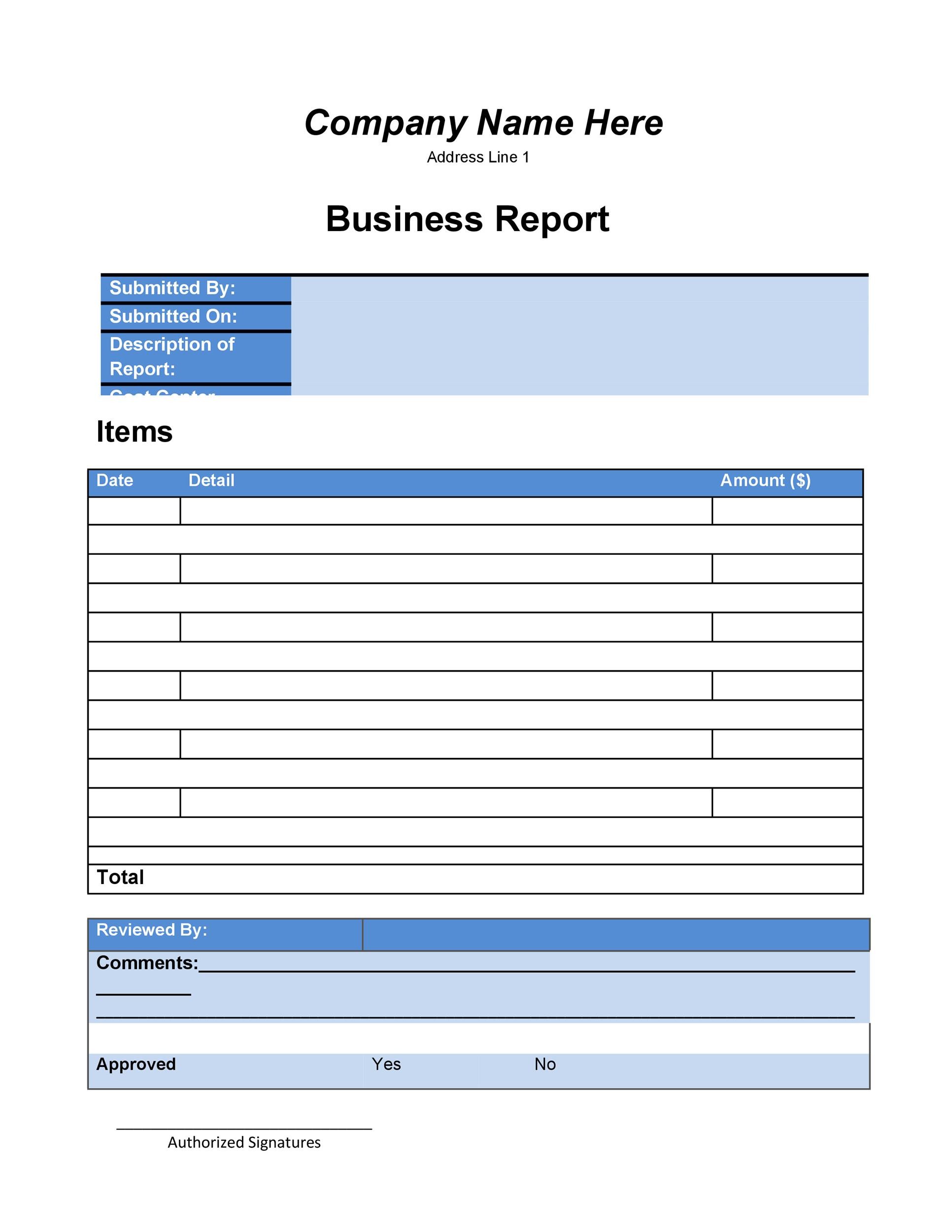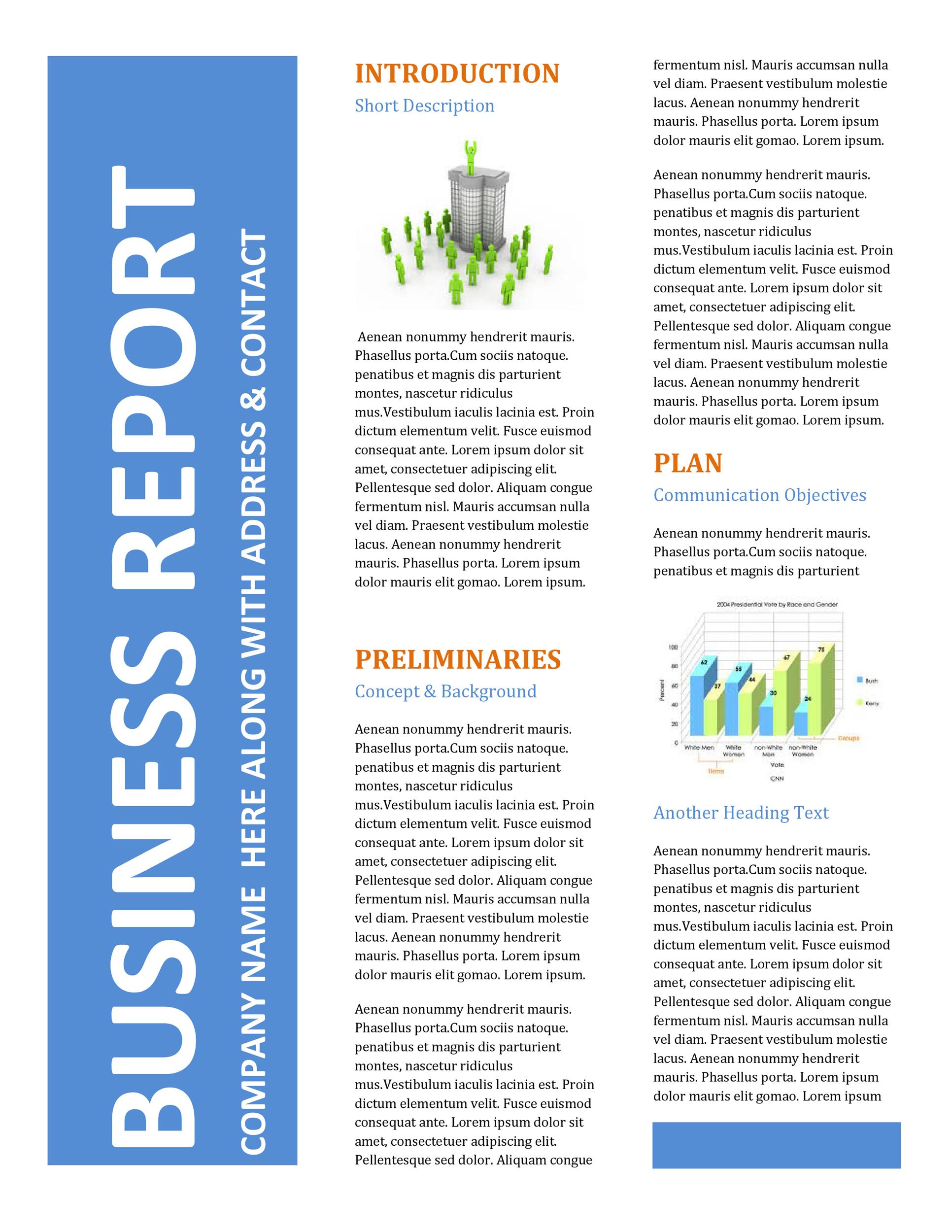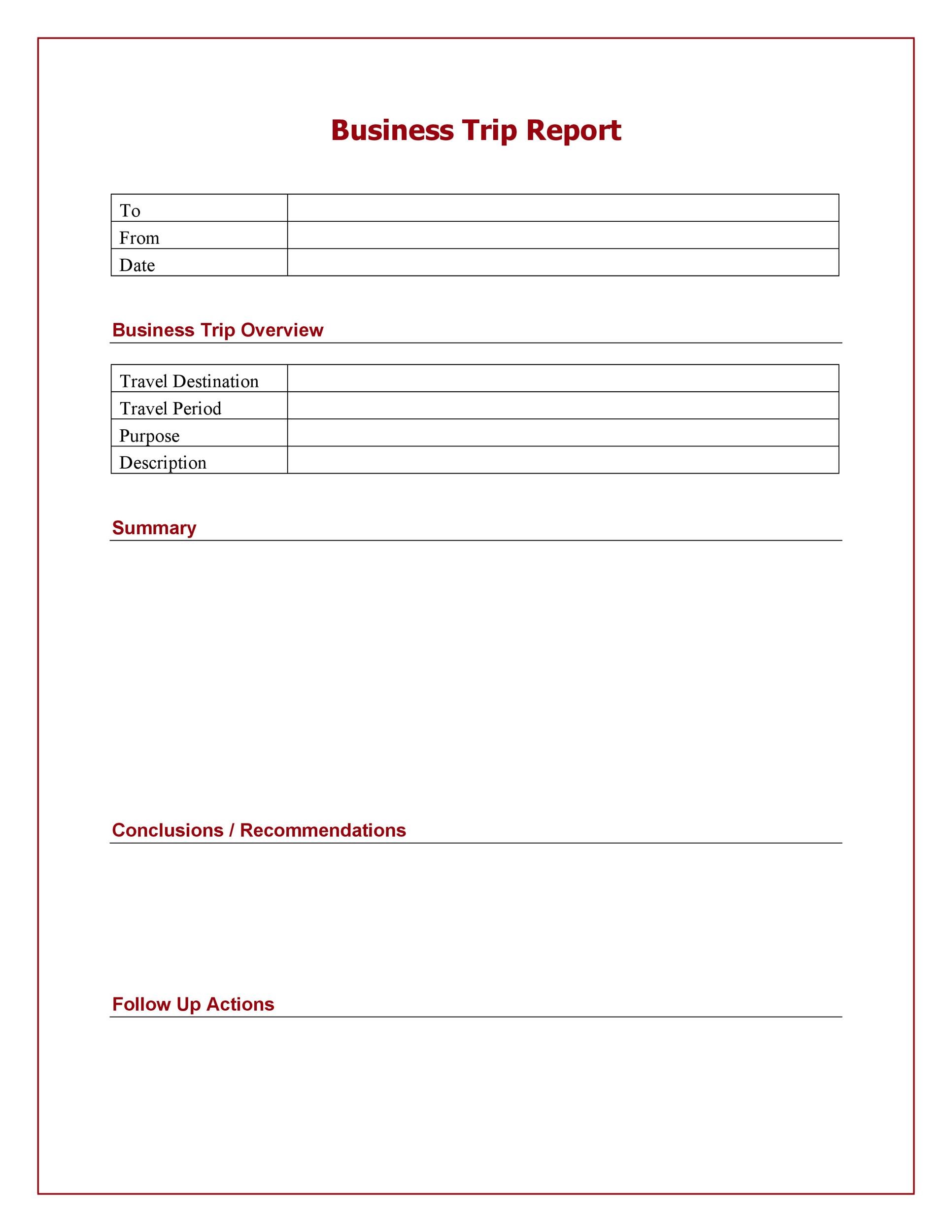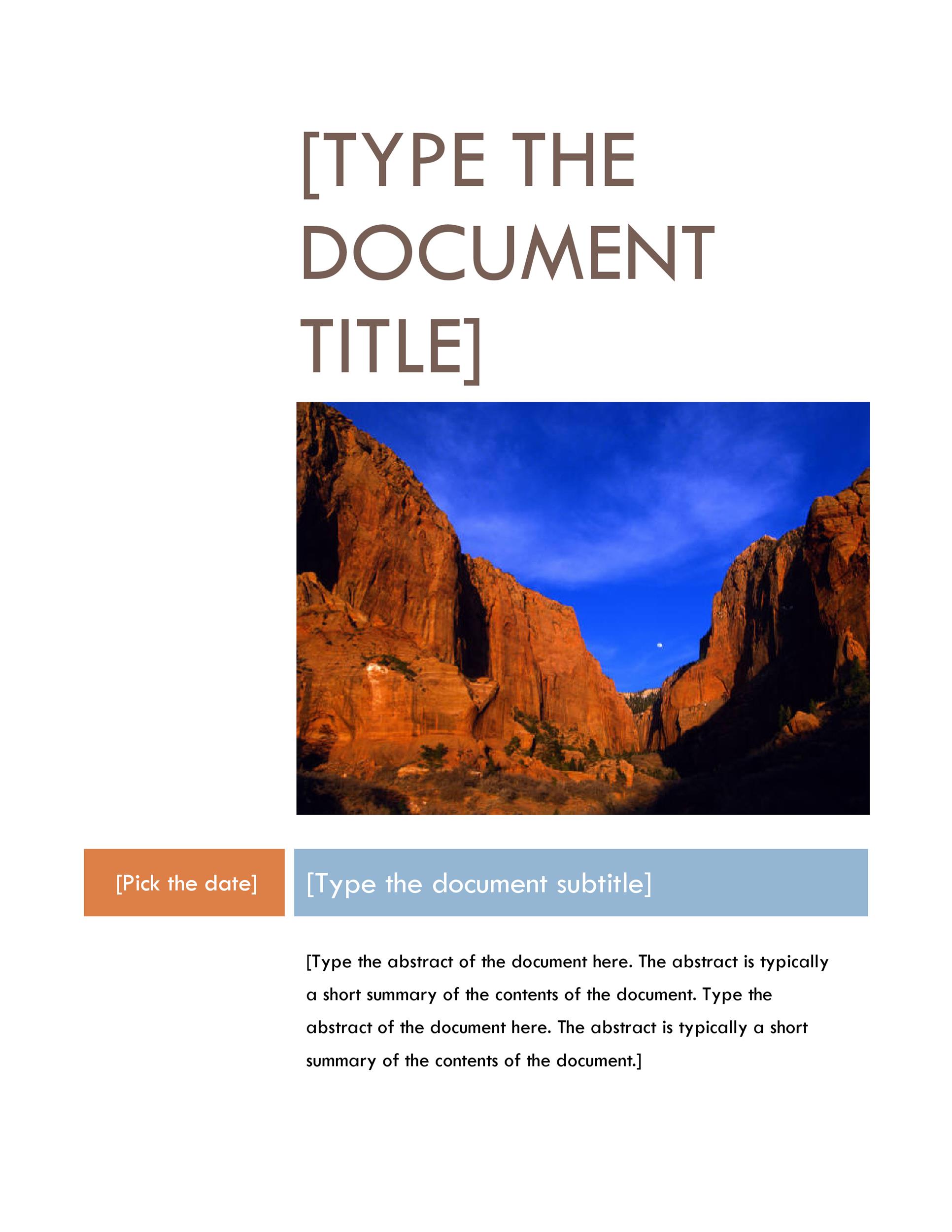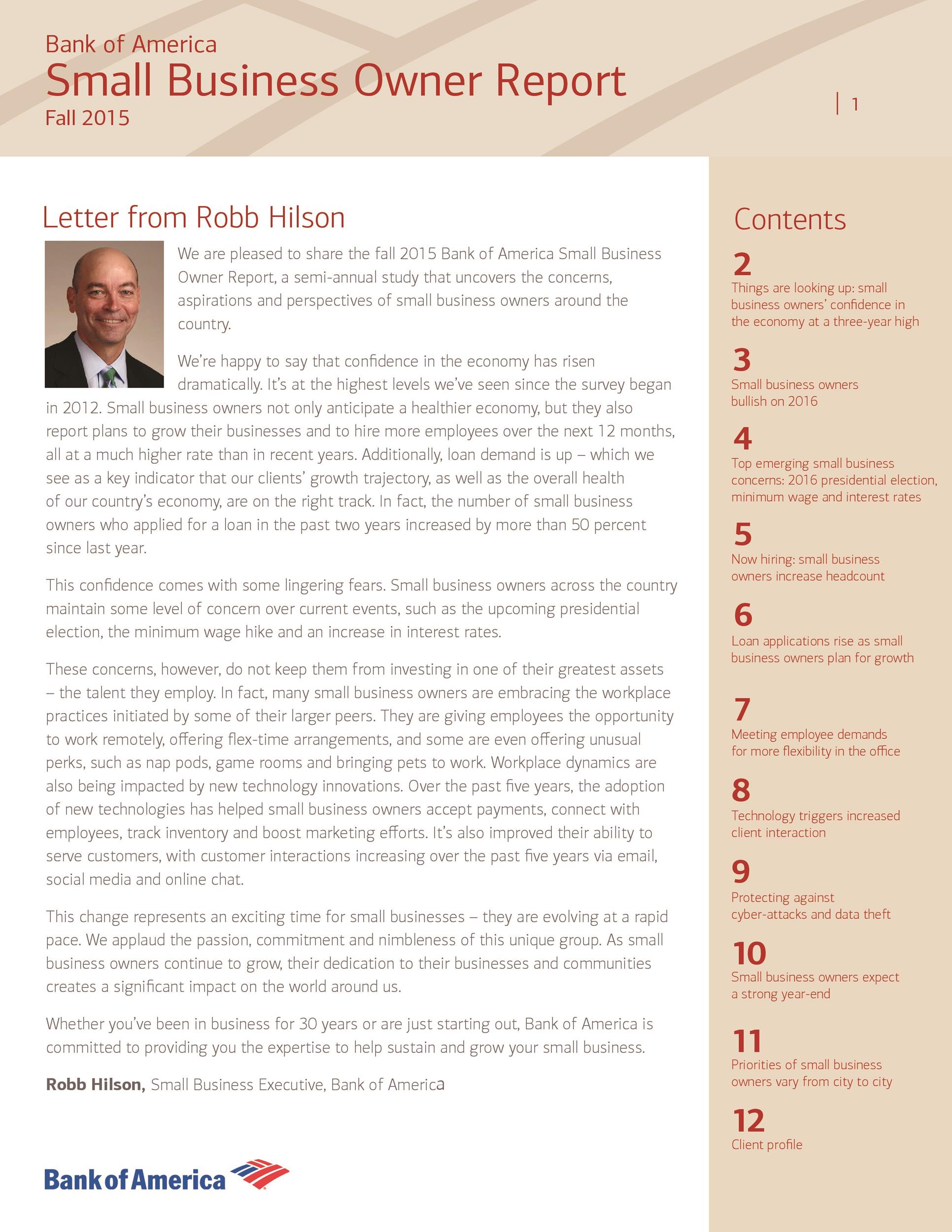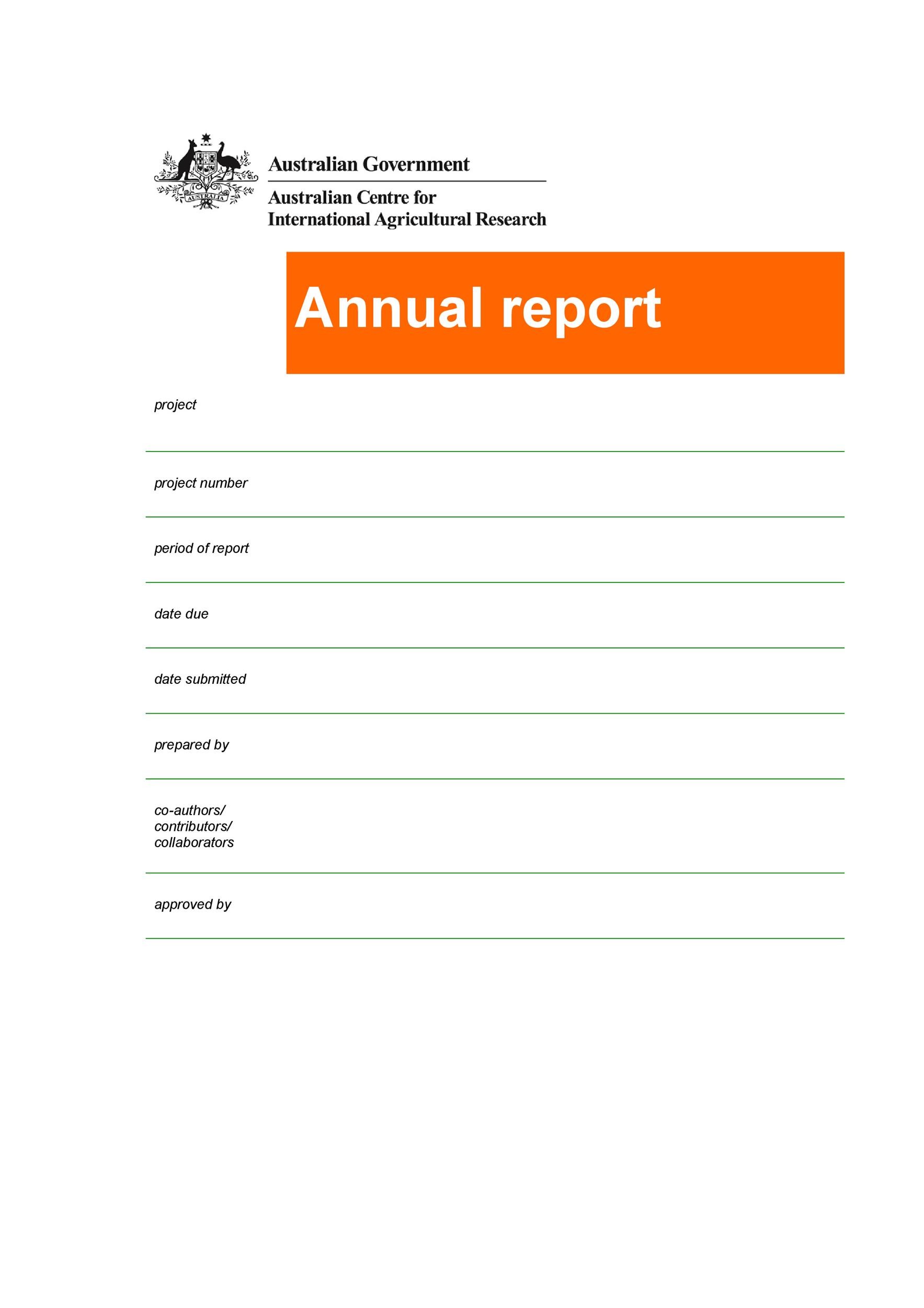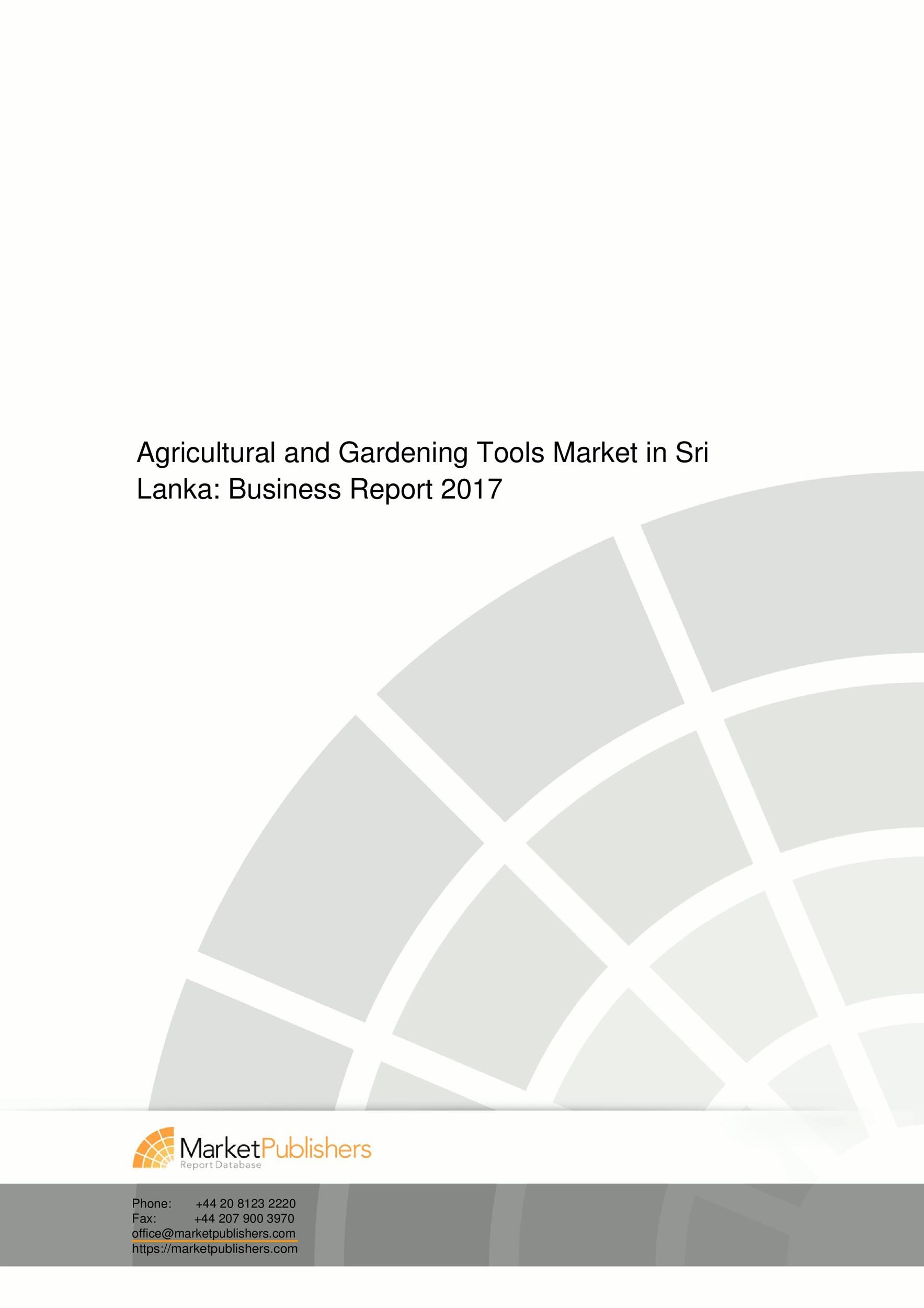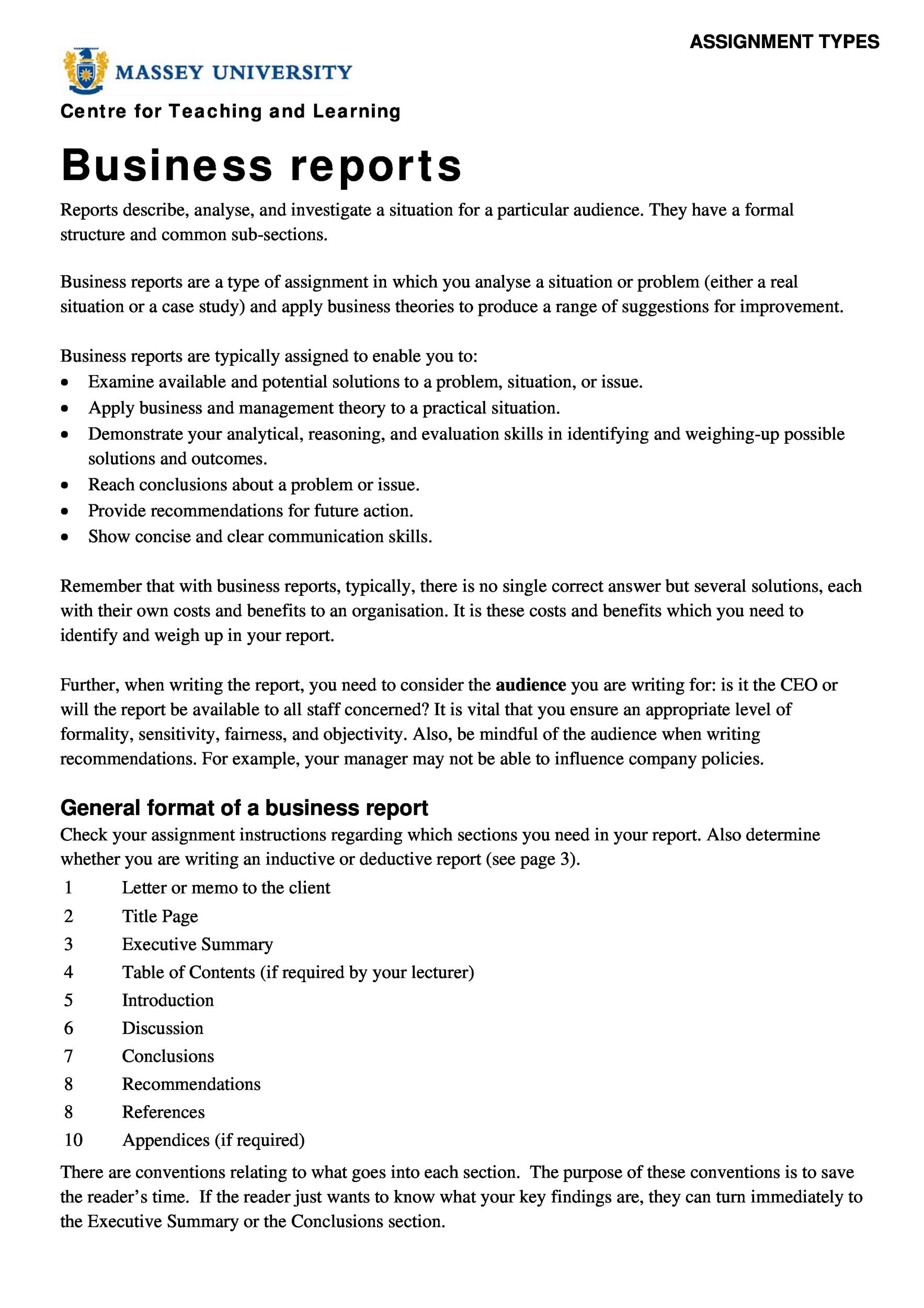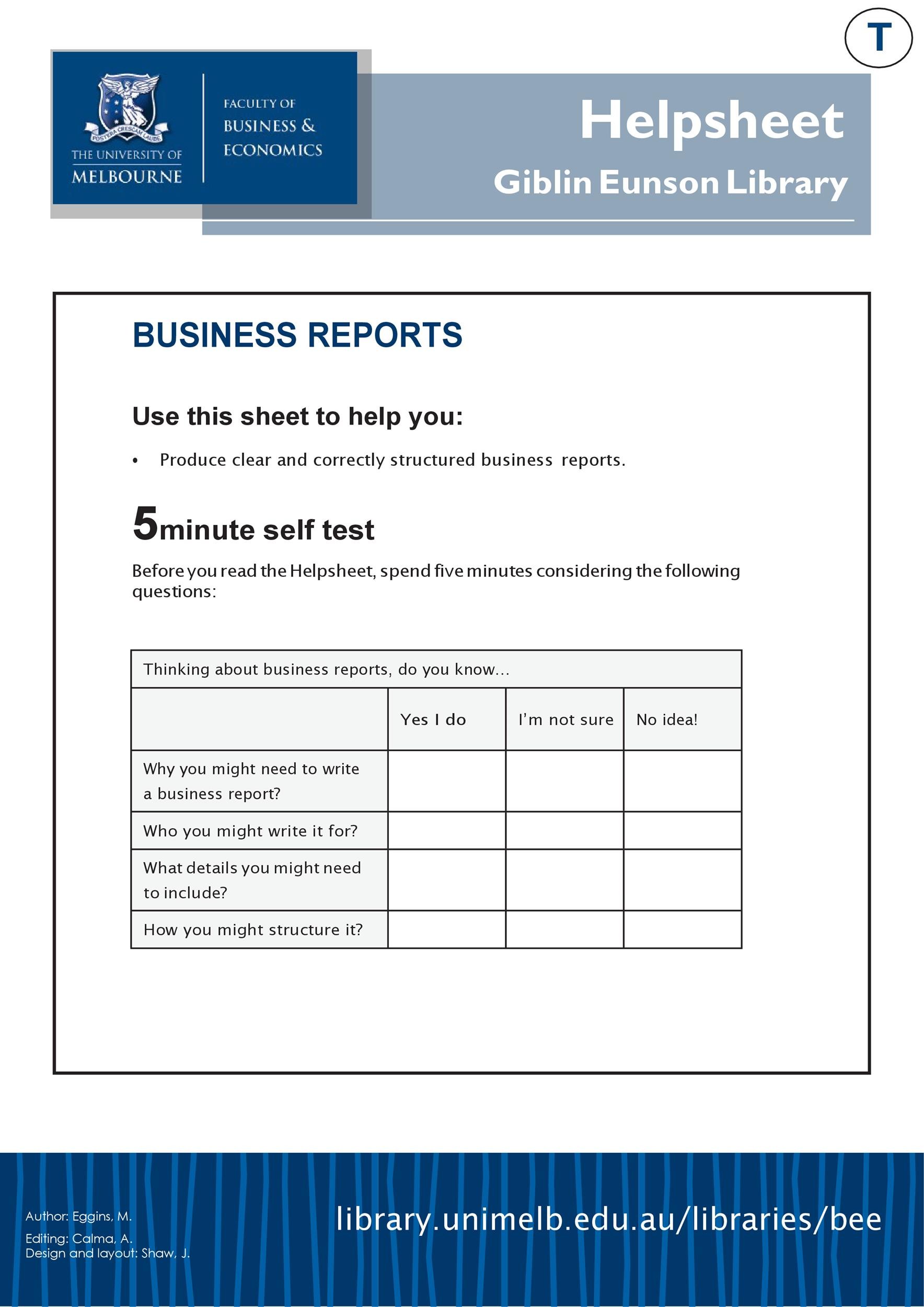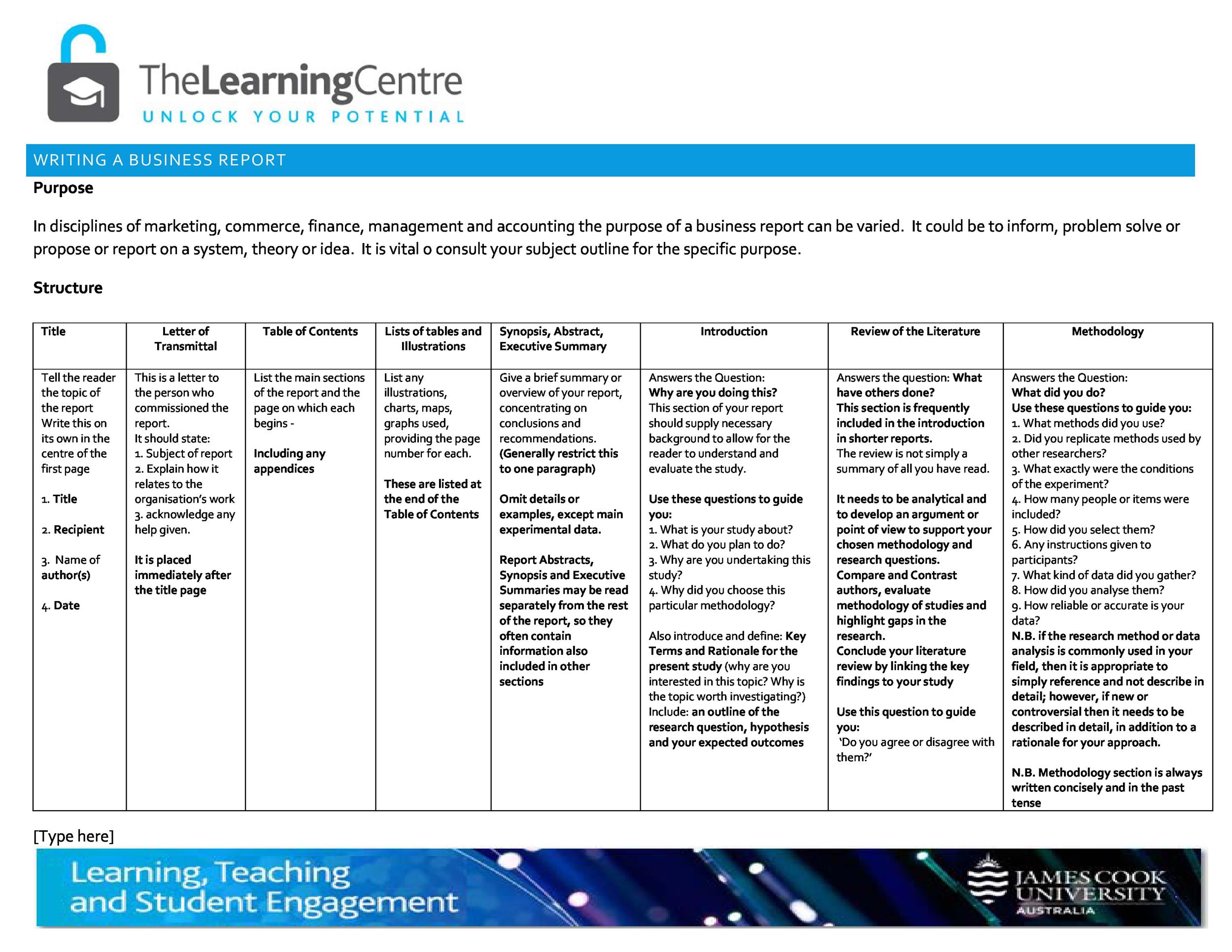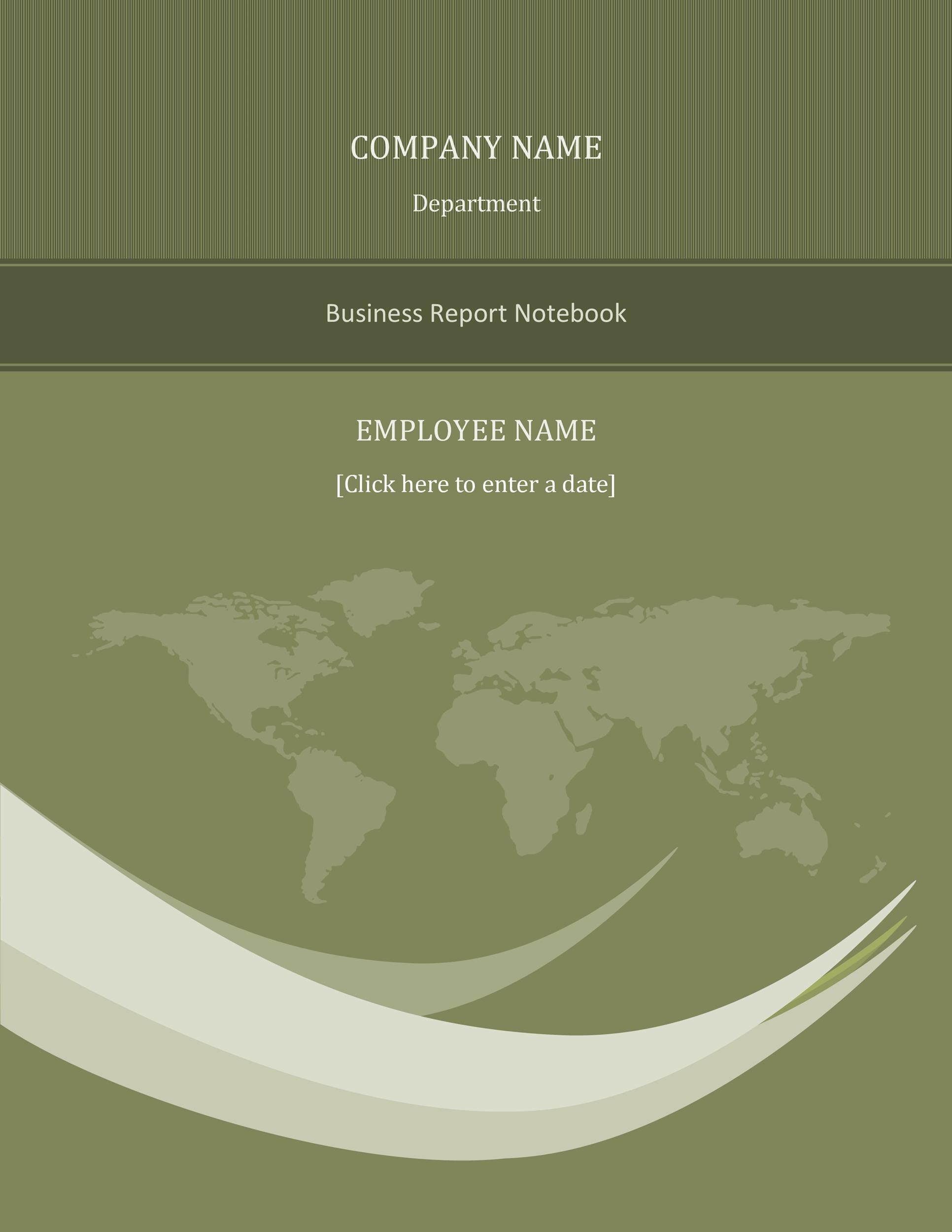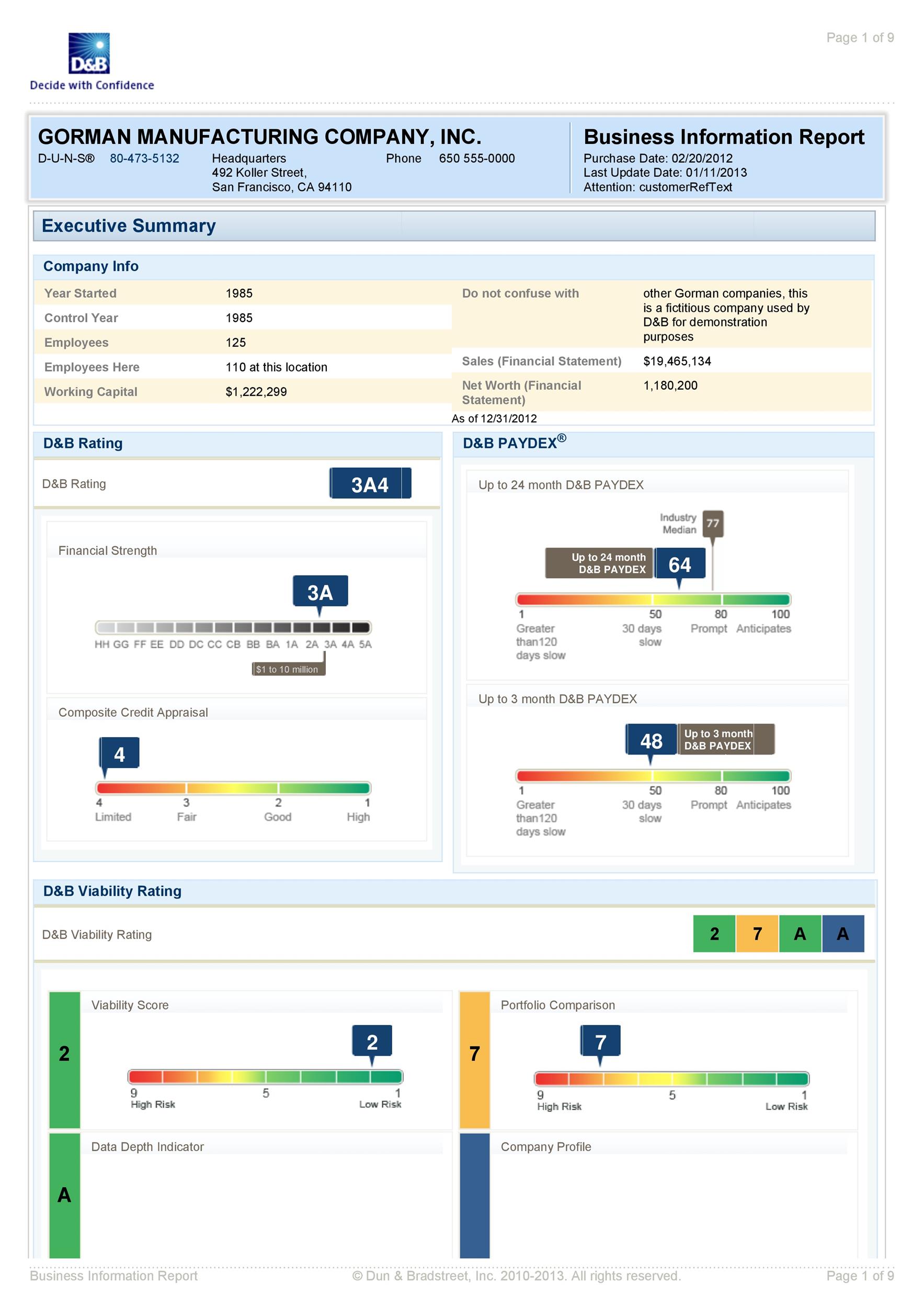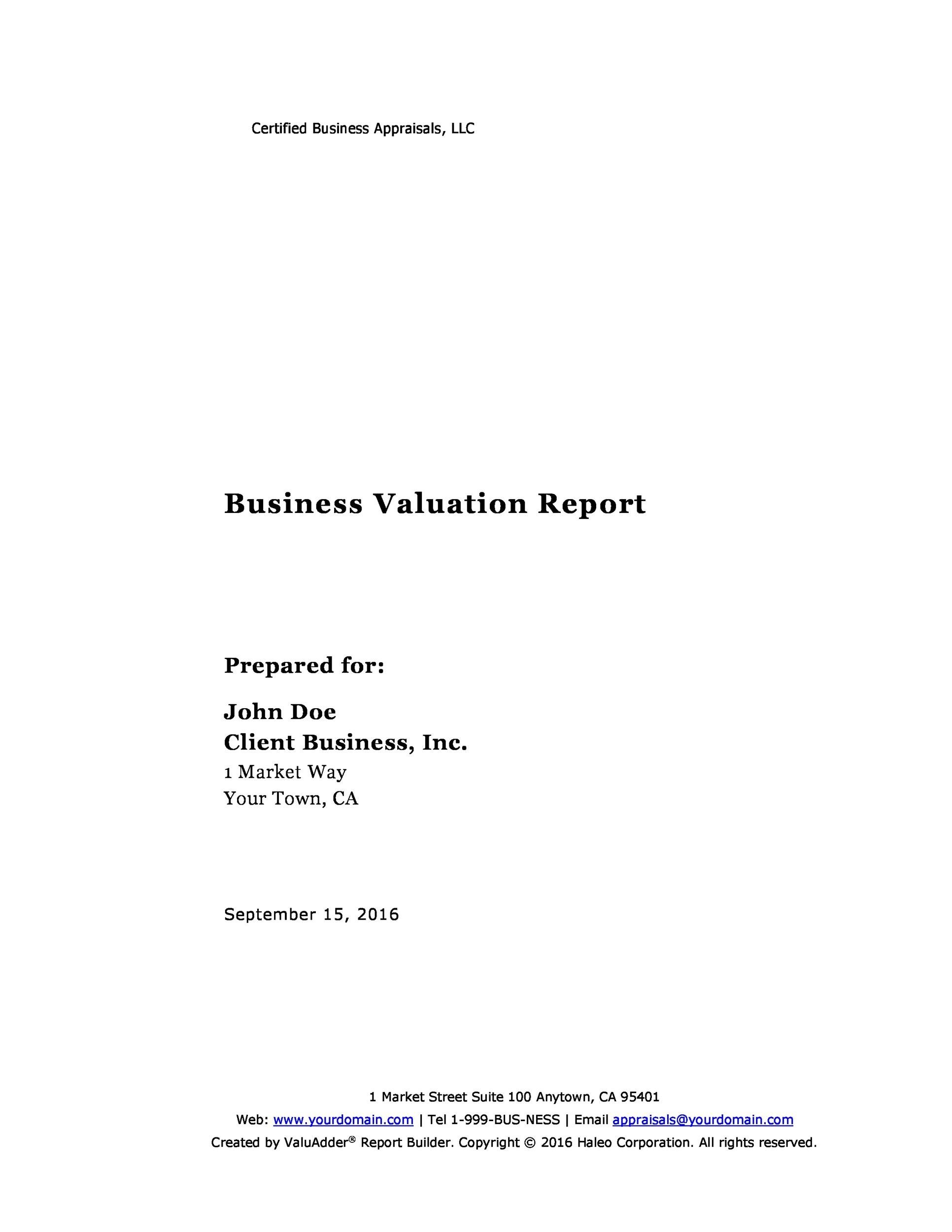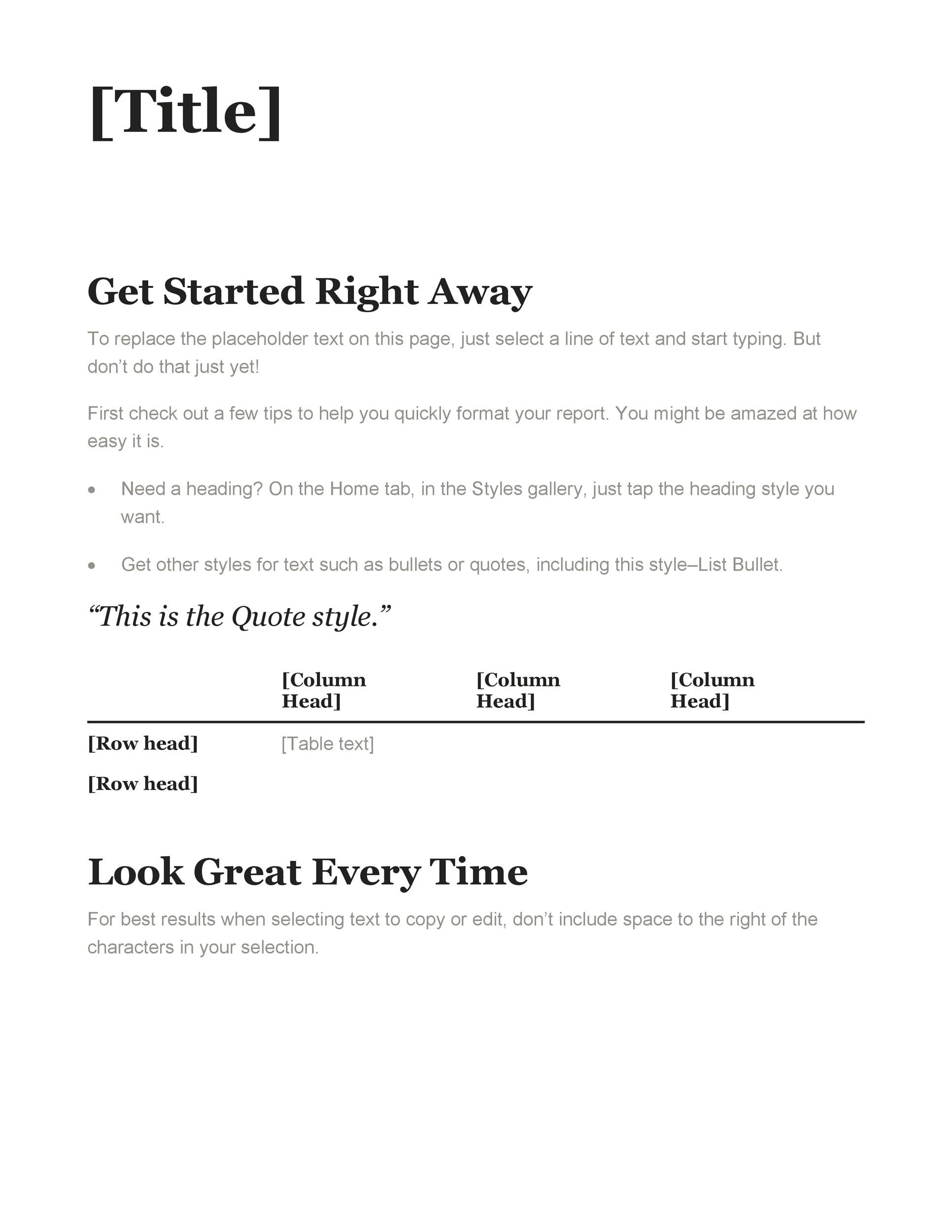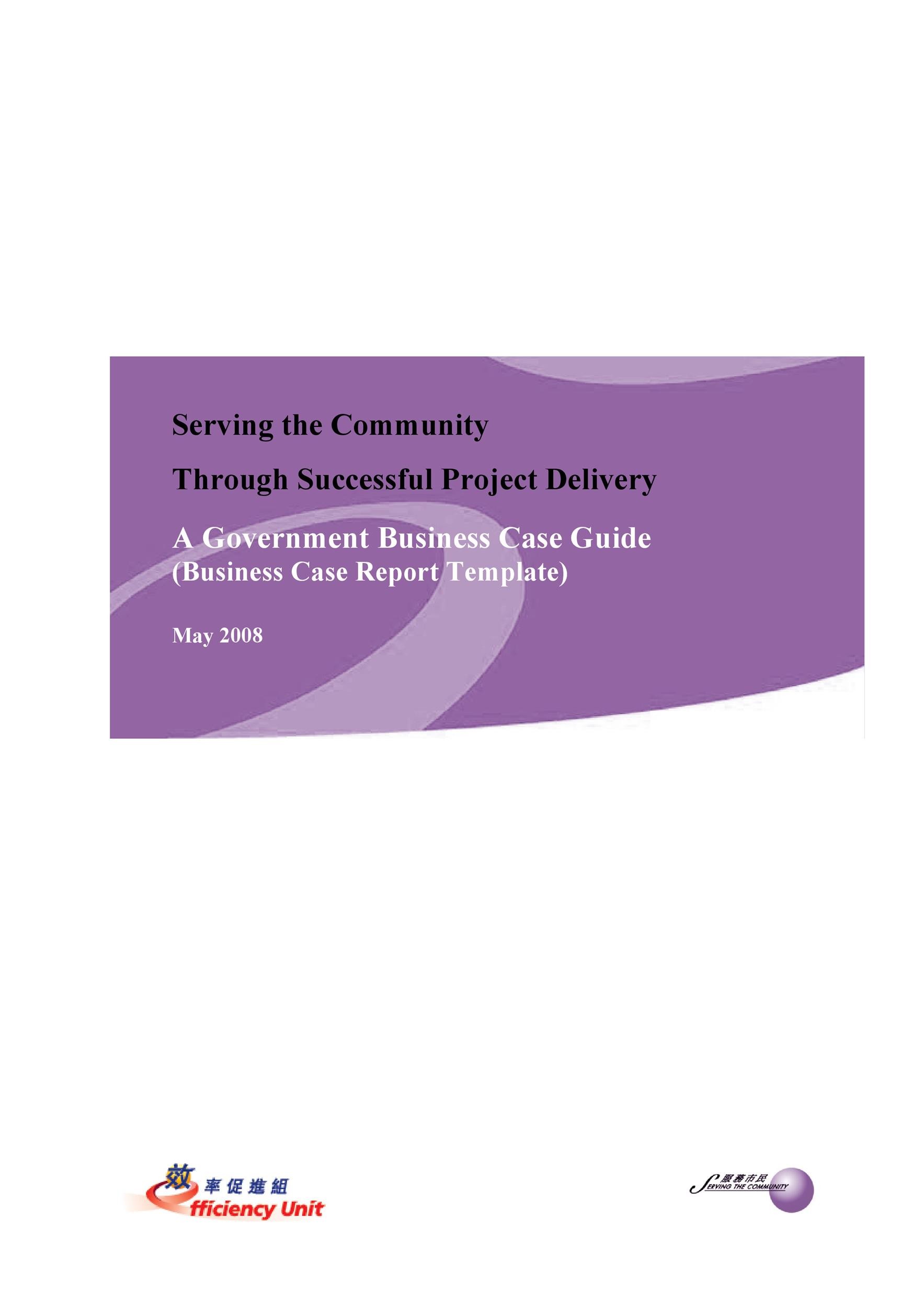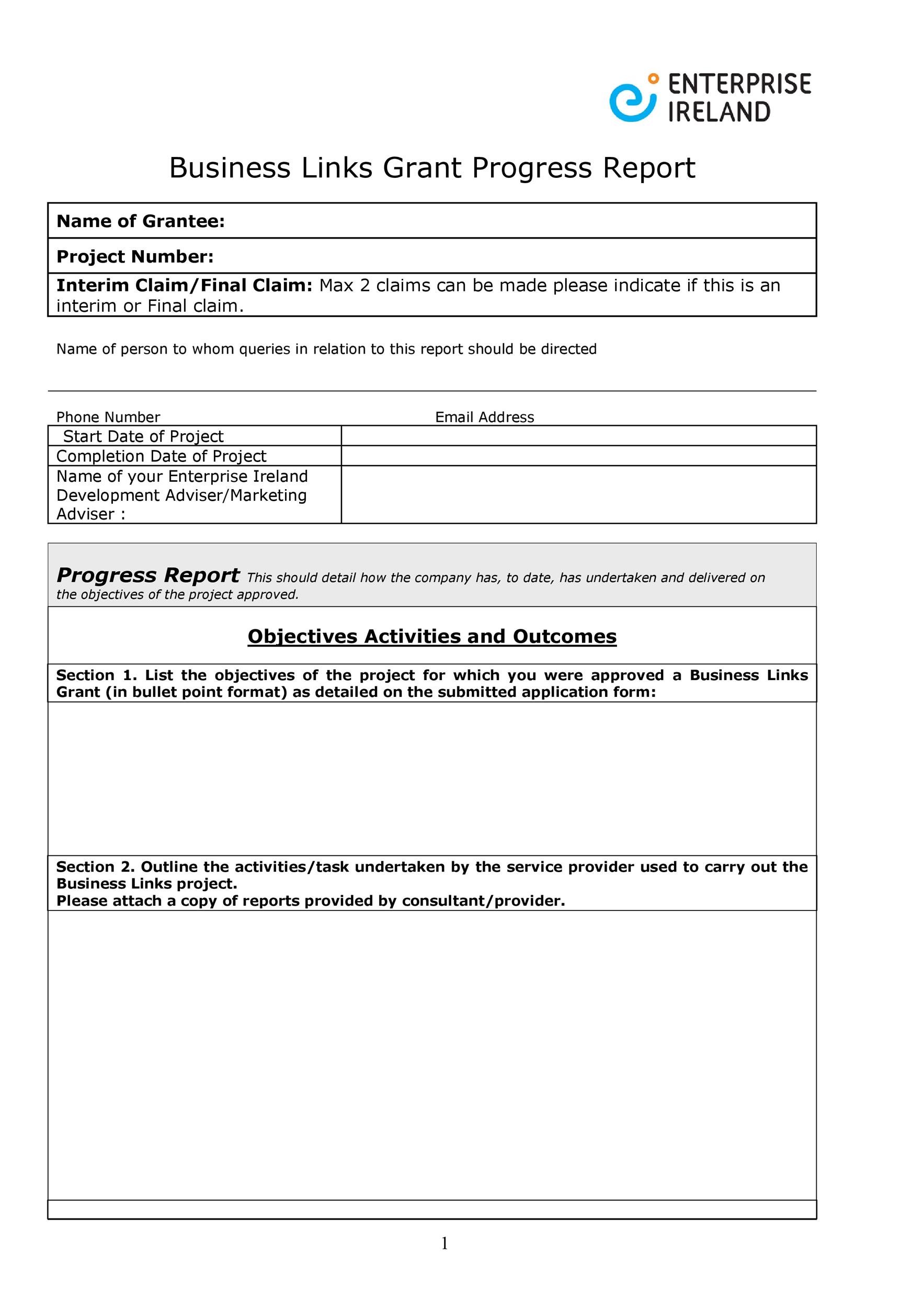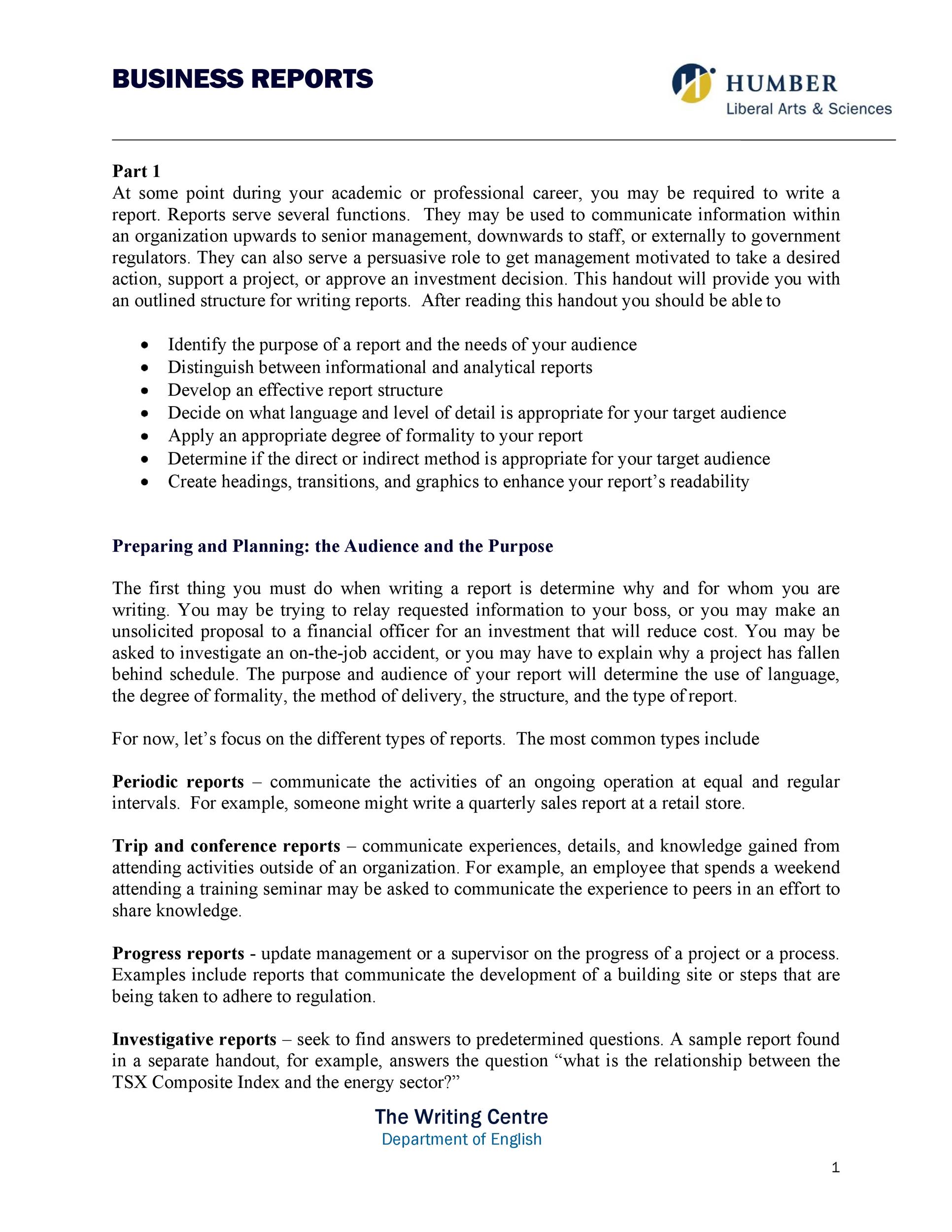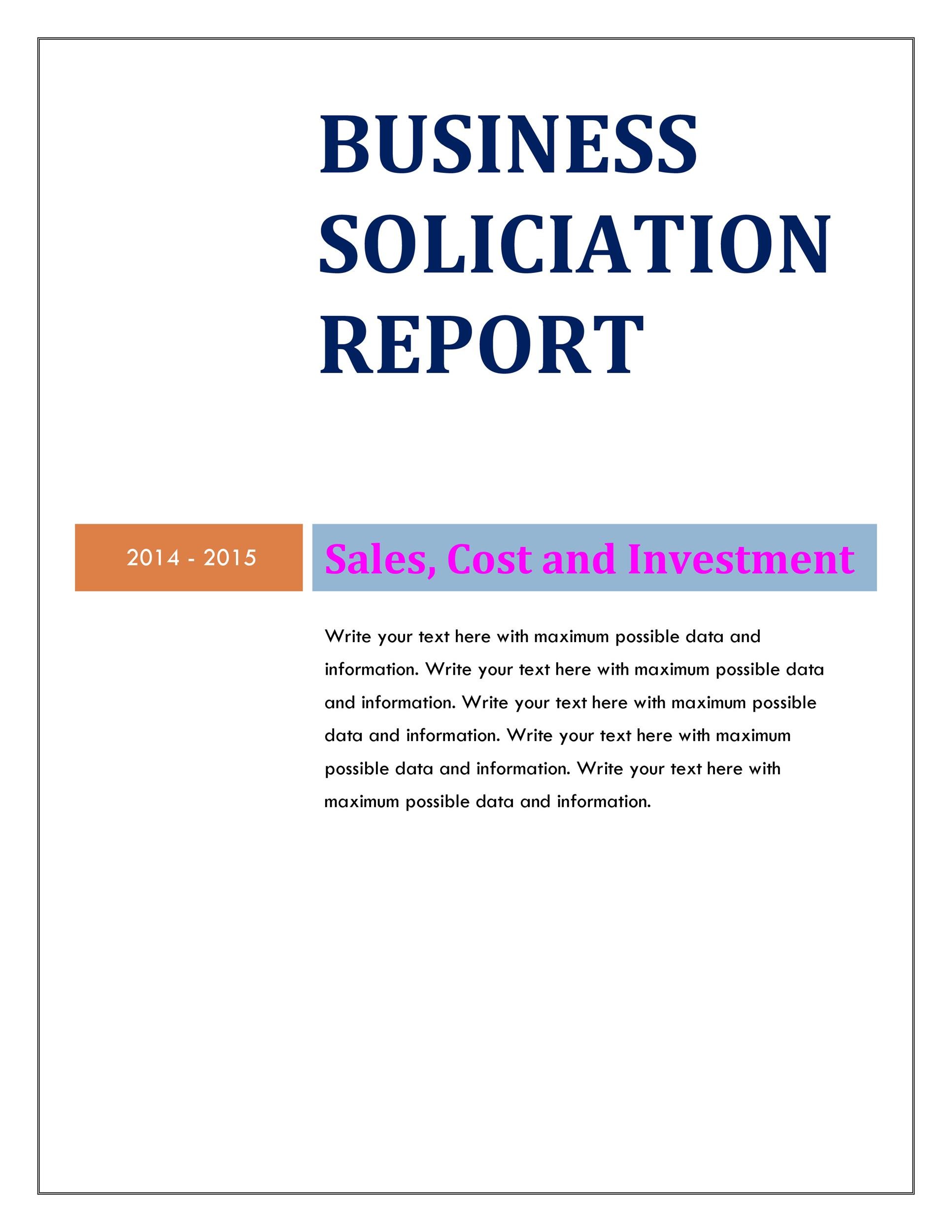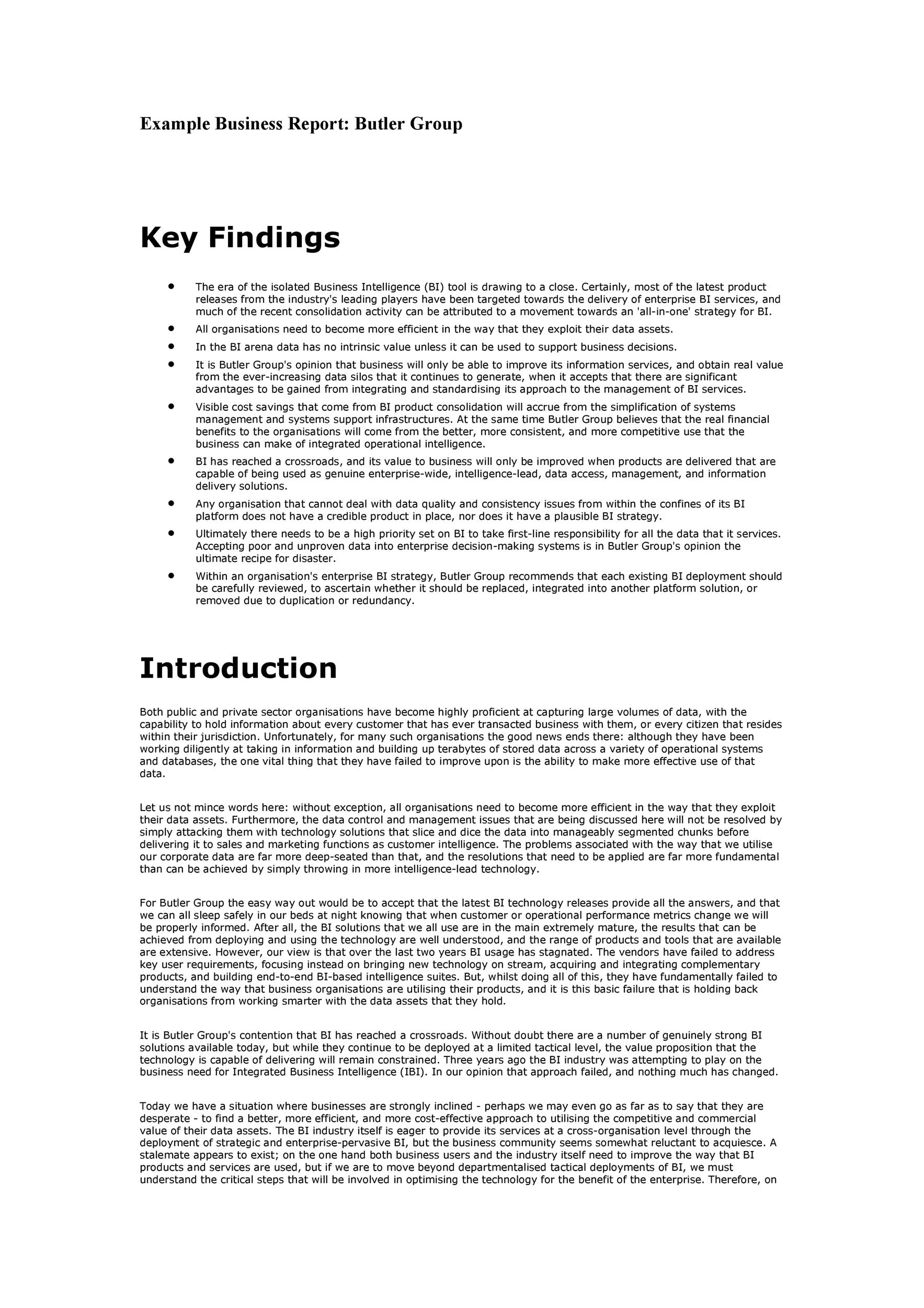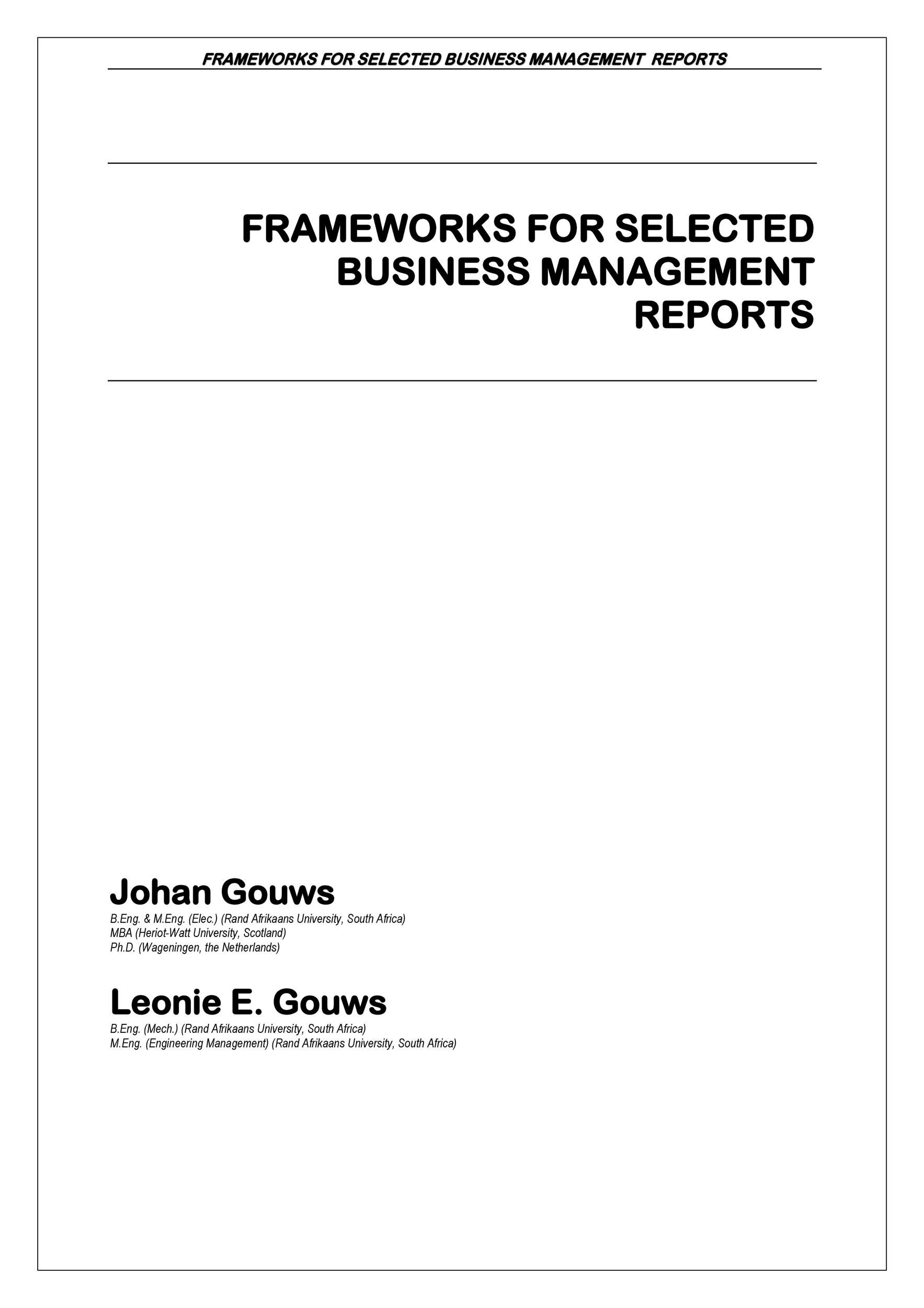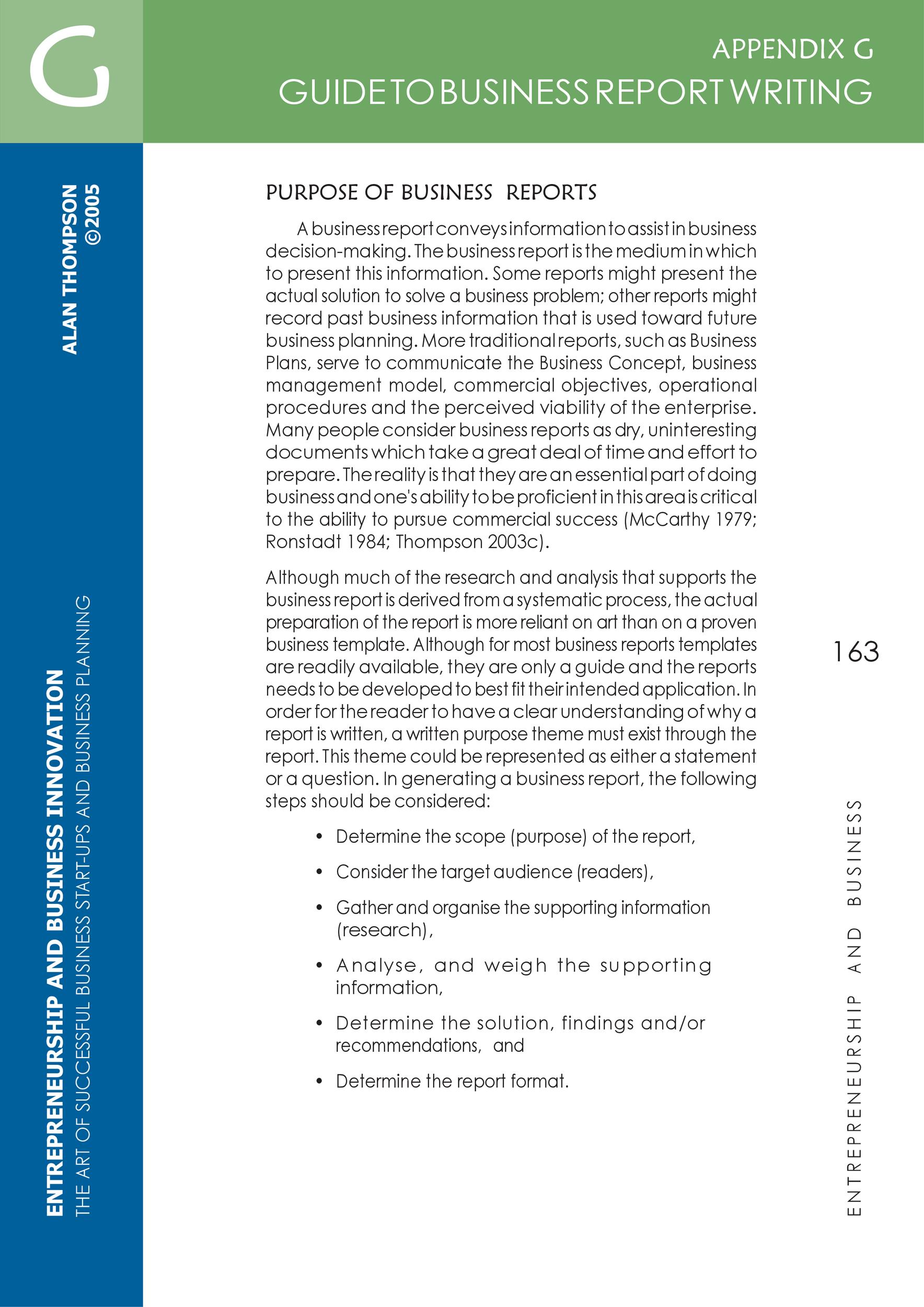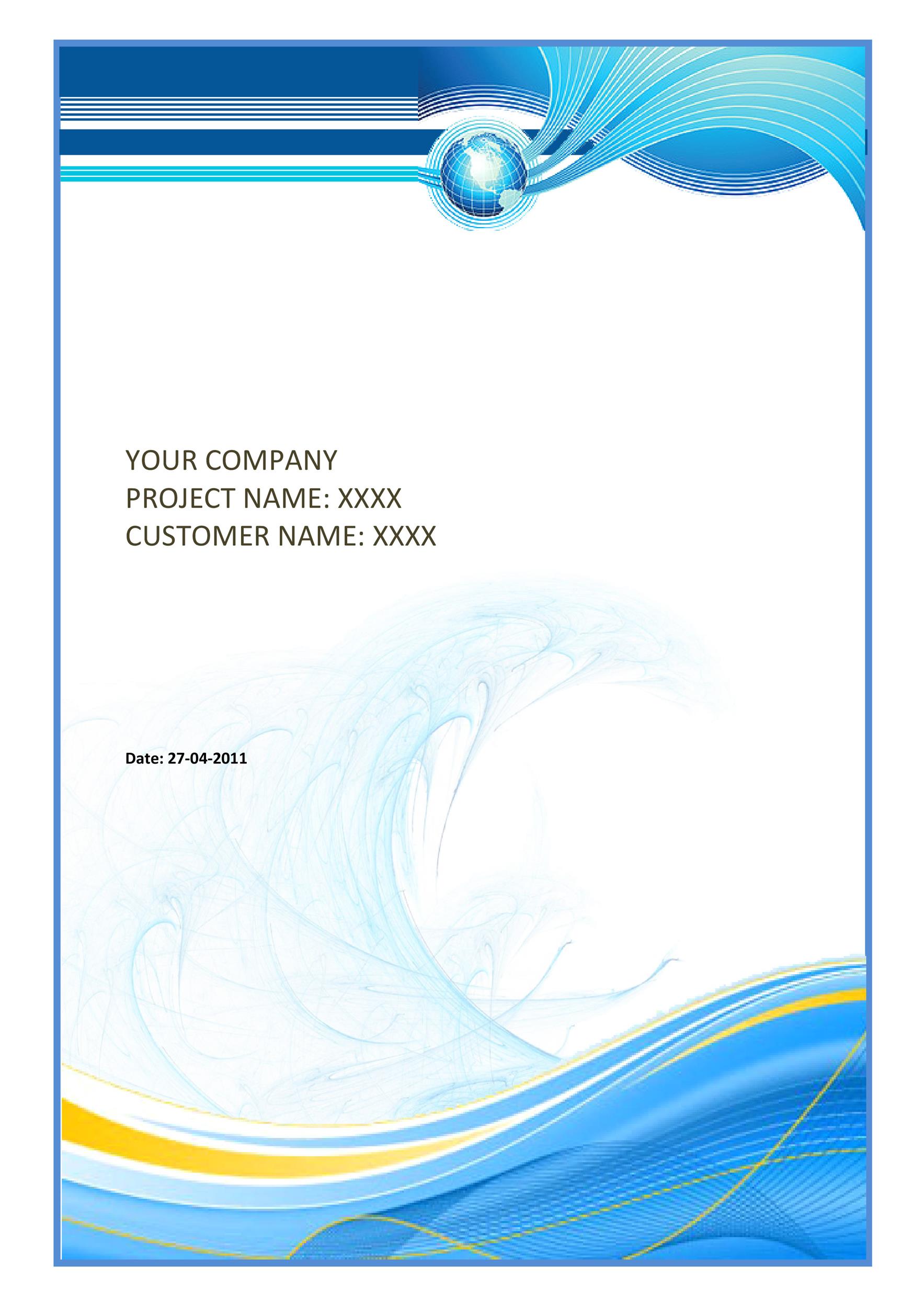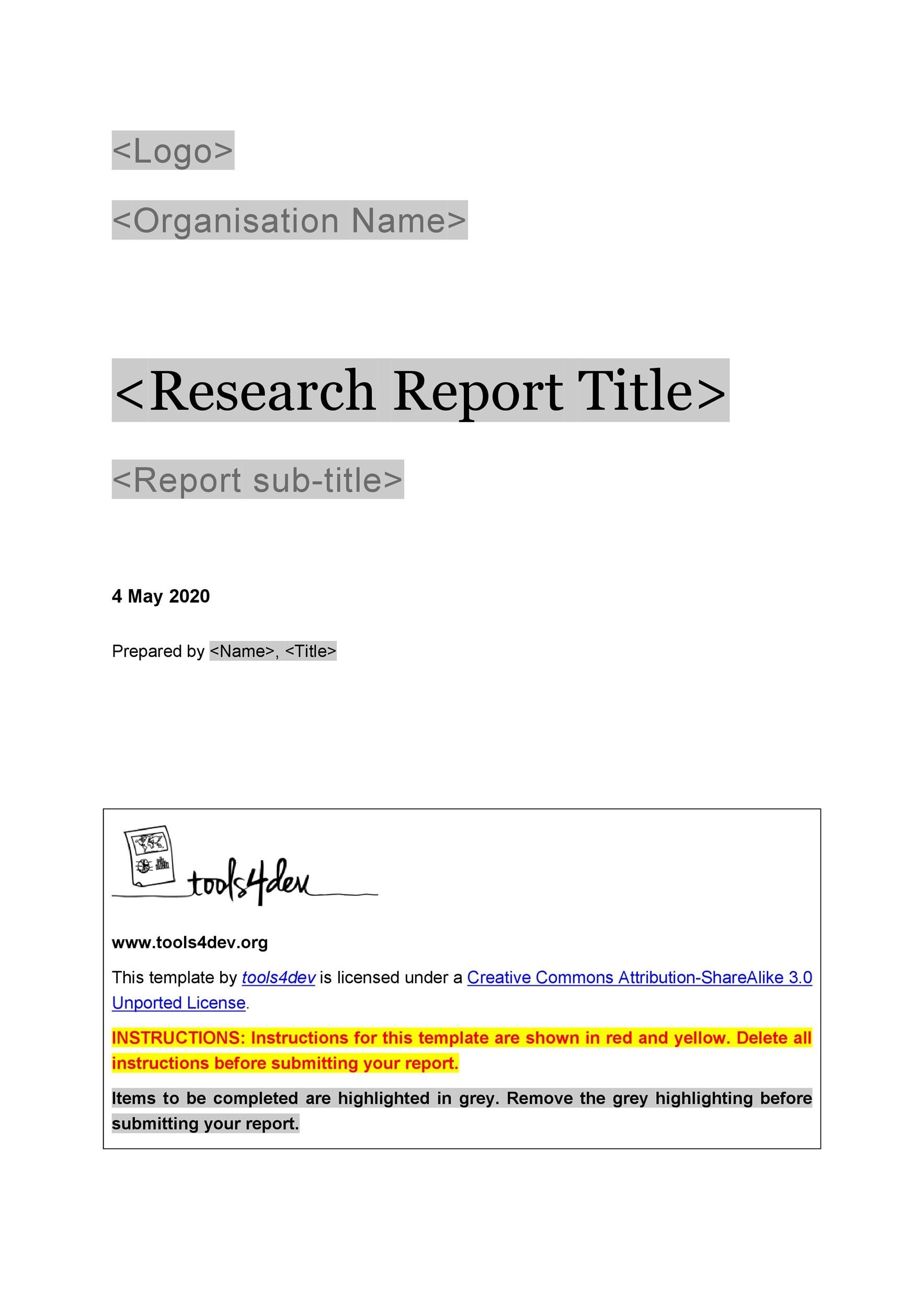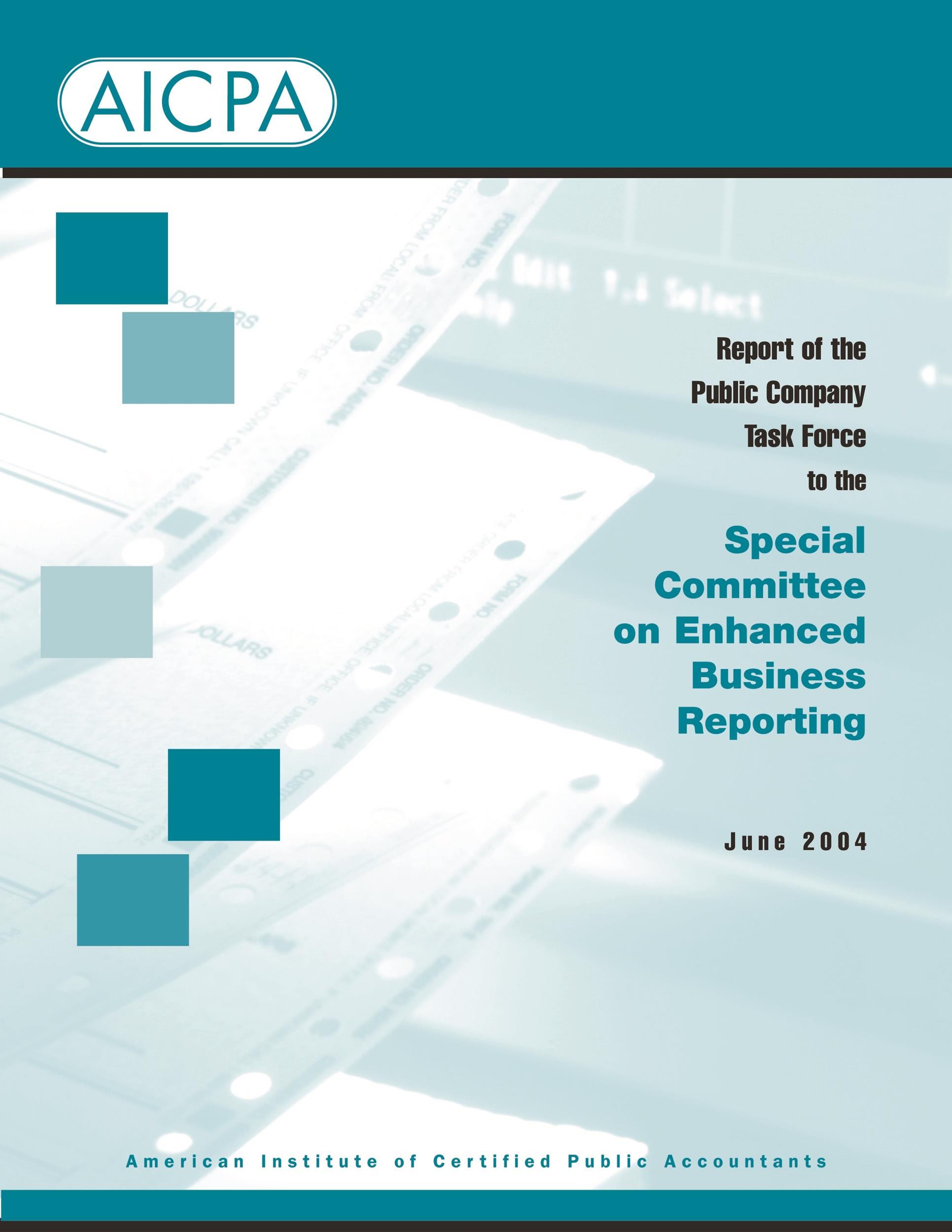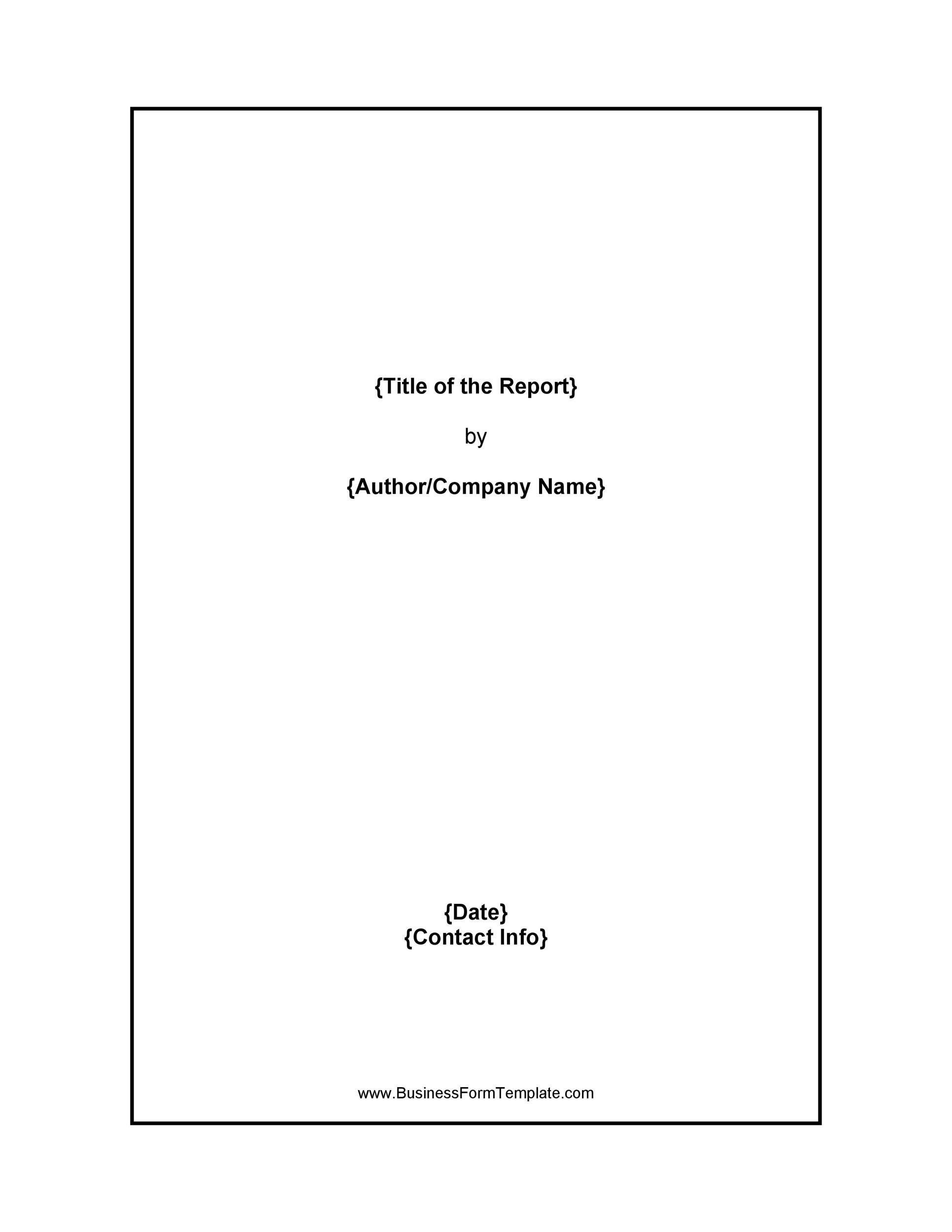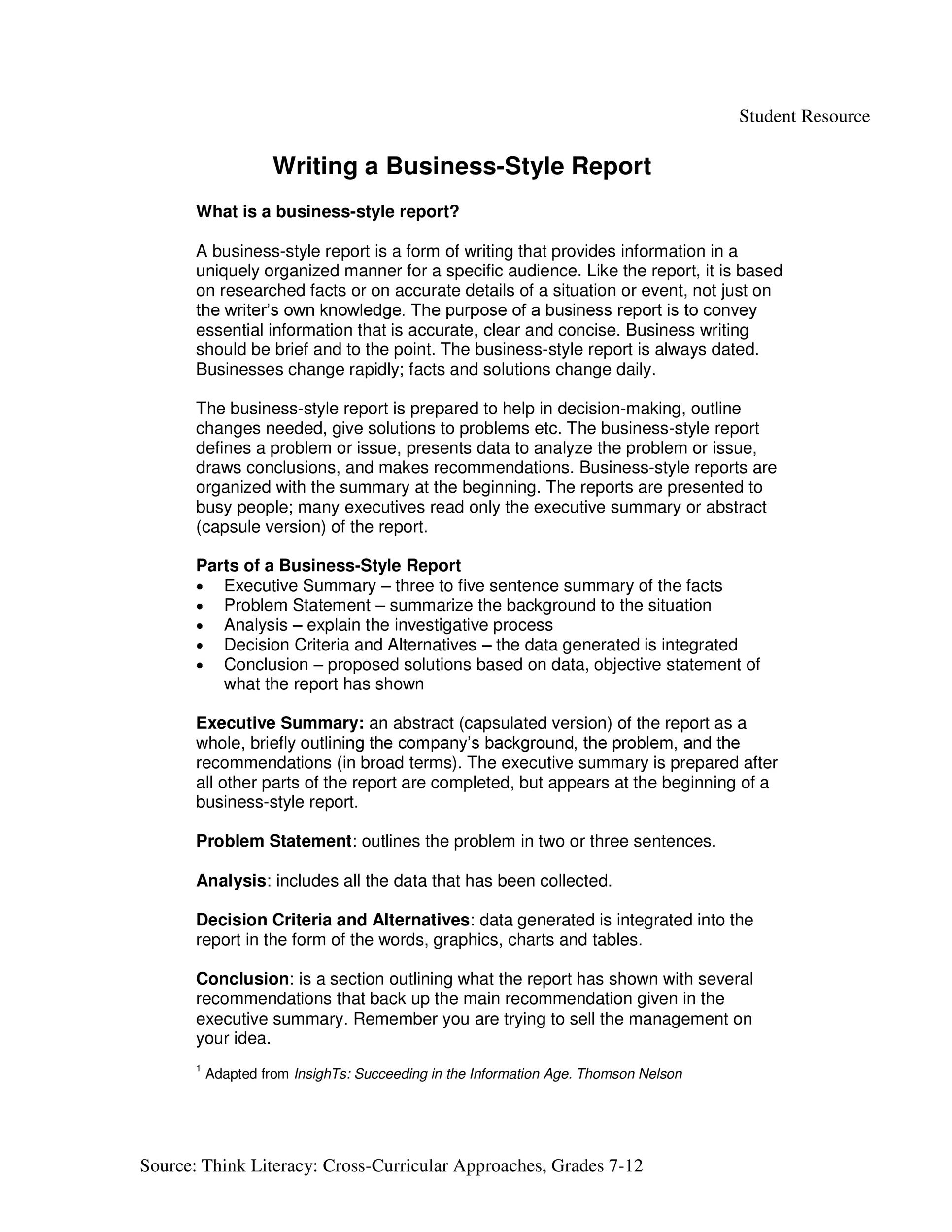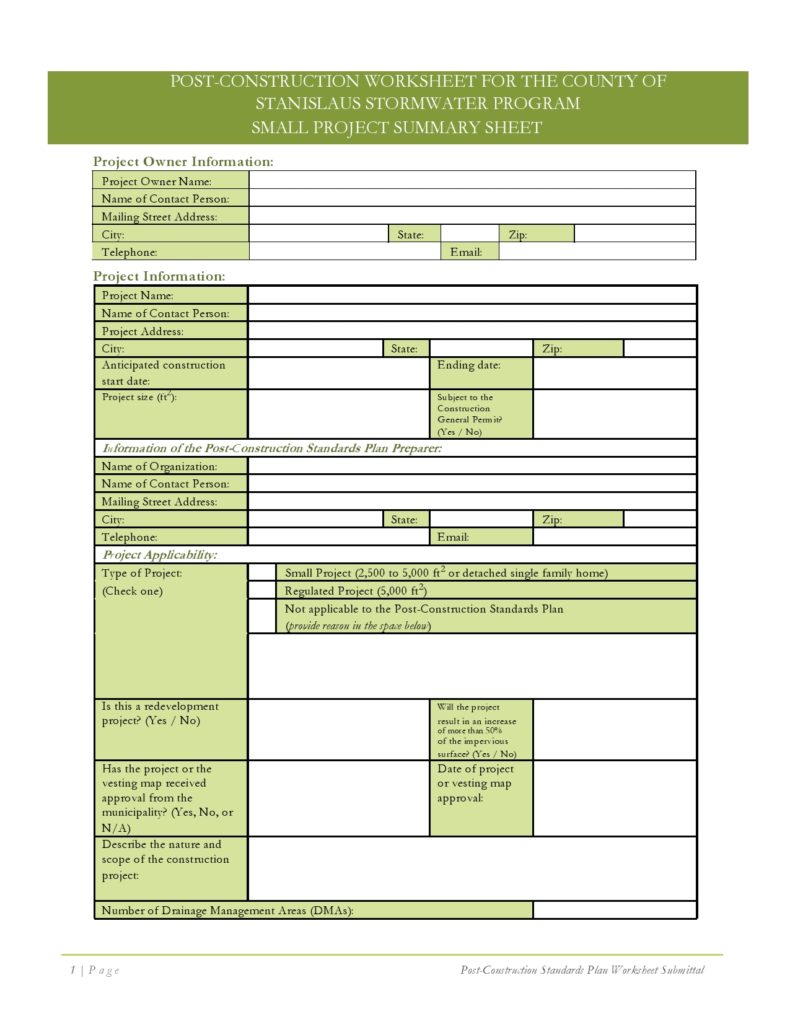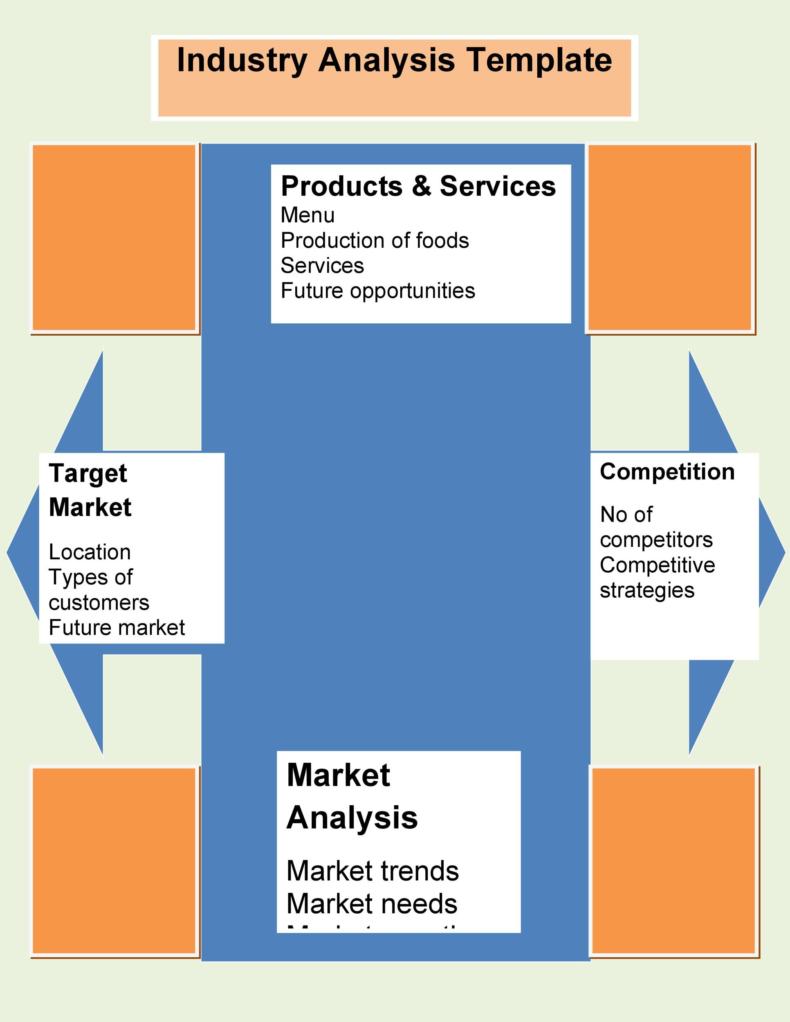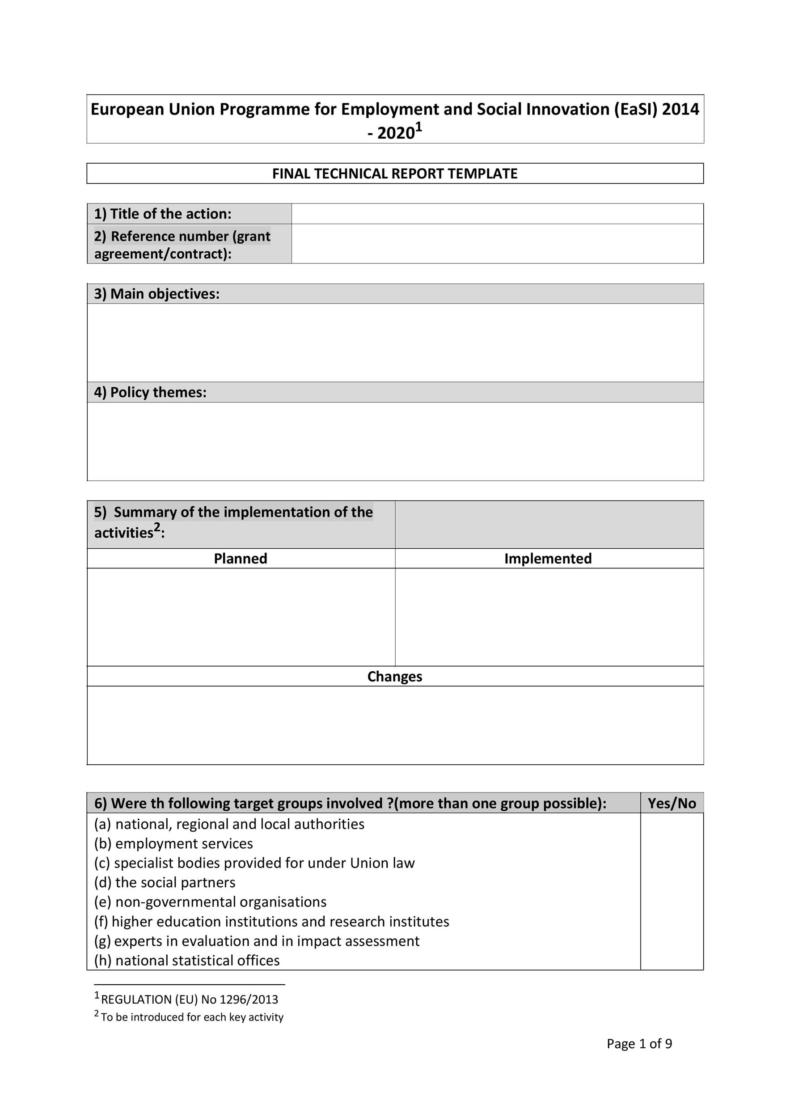A business reports a kind of task or project which is done in a company or organization wherein a case study or an actual situation is examined. Then in the business report format, business theories are applied to be able to come up with a variety of suggestions and ideas for the improvement of what’s being analyzed.
Table of Contents
Typically these kinds of documents are given as a project or a task so you can:
- Look into any and every probable solution to issues, problems, concerns or situations.
- Employ different management or business theories to real life situations.
- Exhibit your reasoning, evaluation and analytical skills in terms of establishing and considering potential solutions as well as their outcomes.
- Come to well thought of conclusions about a concern, issue or problem.
- Come up with possible suggestions or recommendations for future use.
- Display your clear and direct language and communication skills.
When it comes to business report templates, there is generally no correct solution rather there are several of them which come with their own advantages, disadvantages, and costs to the company or organization. Identifying and then weighing out these advantages, disadvantages, and costs is mainly what your report will be all about.
Business Report Templates
When looking at any kind of business report example, it would be evident that it was written with the audience (or the reader of the said report) in mind. Make sure to identify who will be reading what you’ve made – whether it’s just the higher ranking employees or other members of the organization, so you can write your report with the correct tone and level of professionalism, objectivity, sensitivity, formality, and fairness.
Essential Elements of a Business Report
In making a business report format, you have to include data and facts which are related to activities in your business. All the characteristics and essential elements which should be included in the report is what differentiates it from other kinds of reports. Let’s take a look at these distinct elements:
The Specific Issue
Each and every report (even this one) is written based on a single, specific issue or topic. It’s basically written to accomplish a specific need.
The Pre-Specified Audience
In writing this kind of report, you’d have to already have an audience in mind. Even though a lot of other people may end up reading your report, you should already have a pre-specified audience you are considering.
The Specific Layout or Structure
You’d have to follow a specific layout or structure for this kind of report, no matter what type of report you are planning to write. The different types of the report will be discussed later on.
Basis from Past Events
Generally, these kinds of reports are written based on past events. Usually, the reasons for the events are stated as well as the methods for solving the concerns and issues involved in the events.
Unbiased in Nature
Your report would have to be strictly unbiased and should not contain any subjective materials as it could affect how decisions are made and how your report is interpreted.
Information Based on Facts
All the data and information in your report should be based on facts. Never include information which you are not sure of or which you won’t be able to back up when you are asked about it.
Shared Effort
These kinds of reports are very rarely done by a single person. Usually, a group of people or a committee would need to come together to write all the important sections and complete this report.
Organized Presentation
Making sure that your presentation is organized is key so that your audience would be able to understand your report and find all the necessary information needed when it is needed.
An Upward Direction
Your report must flow upward in the organizational structure. The people with higher authority typically delegates the duty of making the reports to the people with lower authority and after the report has been prepared, it is submitted back up to the people with higher authority.
Additional Materials for the Presentation
Reports must be presented in such a way that they are interesting. To be able to do that, you can include additional materials to aid in your presentation.
The Signature and Date
Usually, any kind of report or document is not authorized or official until it has been signed and dated. The reporter should sign the report as well as all the members of the committee.
As you can see, this kind of report would need a lot of distinct elements which should be included in it. Without all these, you may not have made an efficient report and it may not be received well. Now let’s move on to the different types of reports.
Business Report Format
Types of Business Reports
Typically types of business report templates would depend on the purpose of making these reports but they should all contain the four essential parts: the introduction, summary, discussions and conclusions. A report which contains all these would be complete, comprehensive and efficient. Here are the different types of reports:
Analytical
This type would contain data along with examination, analysis or interpretation from the writer/s of the report or in response to the person/s who had made a request for the report. This type of report is used for important decisions to be made or to be able to come up with a solution to a problem.
Informational
This type would only contain data and information without any comments from the writer/s of the report. More informal in nature, this type should have information, facts and results regarding a particular topic in full detail sans any suggestions or explanation.
Research and Recommendation
This type would contain data as well as the analysis of the report writer/s about the data. It should also contain any or all appropriate action as advised by the writer/s of the report. Typically based on lots of research, this type of report is made by an individual or a group with regards to a particular concern or subject.
These are the 3 most common types of reports which are made, depending on the purpose which they need to be used. Before we move on to learning how to make your own report, let’s discuss the different purposes of these documents.
Purposes of Business Reports
Making a good business report example is essential in organizations. There are different purposes of making these kinds of reports which you should know about before actually looking into how you would make your business report format. Here are the different purposes:
For Spreading Information
These kinds of reports are generally used for sharing information from an individual to another or from a level or department to another. This is especially useful for larger organizations where contact between employees and higher ranking persons are very rare.
For Interpreting and Explaining an Event
These types of reports should give a good interpretation and explanation of the information in it so that the readers will be able to understand everything about a particular event.
For Decision Making
Reports like these can be used by the management as a tool for making important decisions. The reports contain the vital information managers would need to solve problems.
For Communication with Key Stakeholders
Not only for use inside the organization, can these reports be used to communicate with key stakeholders outside of the organization as well. Stakeholders should be kept informed of what happens in organizations and these kinds of reports are essential for that.
For Developing an Information Base
Organizations should have an extensive information base and making reports would definitely add to that. These reports can be used as reference and can be added to an information base to make it sound and strong.
For Coming up with Recommendations
Reports don’t only contain data and information but also include suggested actions or solutions to an issue or a problem. This is important so that the organization is kept running smoothly and productively.
For Collection of Data
These kinds of reports serve as a document to track down your progress and give you a way of comparing time, details of your project and the history of growth. All these data as well as the information you will come across as you are doing research would be important for the organization.
For Building a Paper Trail
Making these kinds of reports would allow you to start building a paper trail of your past events and past. You can keep soft copies on your computer and hard copies on your physical files so that all your reports are backed up well. Remember that these reports contain a lot of important information and if you’d like to build your paper trail, make sure you file them properly.
For Good Reference
Each year, organizations are tasked to make annual reports for stockholders and government agencies to oversee different corporate businesses. Having reports on hand would ease your annual report making process as you would have actual documents to refer to when making them. An annual report is essential in organizations and using business reports as reference or as a supplement is then extremely important.
For Practicing
Making a habit of writing different kinds of reports would make it easier each time you do it. Organizations rely on reports so practicing how to make one as much as possible is key in learning how to make effective and comprehensive reports. You’d also be able to learn a lot about your organization as you are making your report and you will be able to hone your writing skills in the process too.
As you can see, there are different purposes for writing this kind of report which would ultimately benefit your organization. Now let’s move on to the final section of this article, which would talk about steps and tips in actually writing a report for your organization. You can use these steps and tips as a guide for you to be able to efficiently create a good report which would be understood by your audience and would convey the message which you would like to get across.
Business Report Examples
How to Write Your Own Business Report
You now have a lot of information about business reports so now it’s time to learn about writing your own business report formats or business report templates. Knowing how to make this would allow you to start making your own for your organization when you see that there is a need for it. To get a better idea of how it’s made, you can go online and search for other business report examples and read through them. To guide you further, here are some useful steps and tips:
- Establish your objectives for making the report as well as what format you will be using.
- Make sure your objectives are direct, clear and easy to understand to keep your report credible.
- Think about your audience or the people who will be reading your report. Depending on whether your audience is people in the organization or outside of it, you’d have to consider the knowledge they have regarding the topic you’re planning to write about.
- Establish all the things you would need to learn throughout the whole process. Writing the report may not be too challenging but actually coming up with a conclusion and collecting the vital data needed to back up your conclusion. You’d have to possess various skills such as market analysis and data gathering in order to successfully complete the project.
- Do your research and gather all the data you need for your report. Make sure all the data you collect is accurate and true. How you will be gathering data largely depends on what type of report you are planning to write. Just make sure that everything you research and collect is meaningful to your topic and to the whole point of your report.
- Internal data would be much easier to obtain as you’d be gathering it from within the organization while if you need external data, you may have to do your own research and find what you need outside of the organization.
- Organize all your information and begin to write your report. Be sure you already have all the information you need to comprise the content of your report so you don’t run into any delays.
- Divide the most important data into different sections. Your report should not be a continuous stream of information and figures which all run in paragraphs one after the other. When you’re report is broken down into sections, it’s much easier and interesting to your audience and they will most likely read it until the end.
- Emphasize the sections using headers so your readers will be able to read through them first and get a better idea of what your report is all about.
- Start deriving conclusions from the different recommendations in your report. Your conclusions must be clear and concise and must logically follow from the information which had been analyzed in your report.
- Any objectives in your report should also include measurable actions specific to them. Identify any modifications in job descriptions, expenses or schedules needed to apply the new plan. All of your statements should clearly show how the new procedures will help in meeting all the objectives of your report.
- Write your executive summary last but place it as the very first page of your report. It should contain all the results and conclusions as well as a short summary of what the report contains.
- If applicable, make use of info graphics to interpret quantitative data. You can use different kinds of graphics and color code them if you think that it would be helpful in conveying your message or the content of your report.
- Typically visual figures can be very helpful in making these kinds of reports as merely presenting everything in writing might be too boring. Just make sure that all the infographics you include are relevant to your topic.
- Mention all your resources if needed. You may have to give an explanation of where you got your information, depending on what kind of research you would need to do. The purpose of adding this in your report is so that your readers can follow up on the information you have given.
- Before submitting your report, make sure to proofread it more than once. A report which contains any misspellings or grammatical errors can decrease the credibility of it.
- Don’t attempt to add to the content of your report just by using fancy words or technical jargon as this may confuse your readers. Using sentences with slang or too many words would make your report less efficient. Use a passive and objective tone when writing so your report comes off as professional.
- To be very sure there are no errors in your report, you can also ask someone else to proofread your work. Asking a third party to inspect your work would ensure that it’s been checked well since outsiders would most likely be more alert to catching and identifying any errors you may have made.
- Make a table of contents for your report so that it would be easier to look through and find all the information written on it. Remember to include all the important sections, the executive summary as well as the conclusions.
- Package your report in a professional way. You may place it in sturdy binders or folders so it looks neat and organized. Doing this would also add an element of style to your report and may intrigue your audience enough that they will read it. Make sure all the parts of your report are included in your packaging as well.

